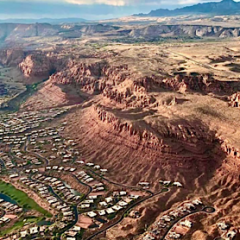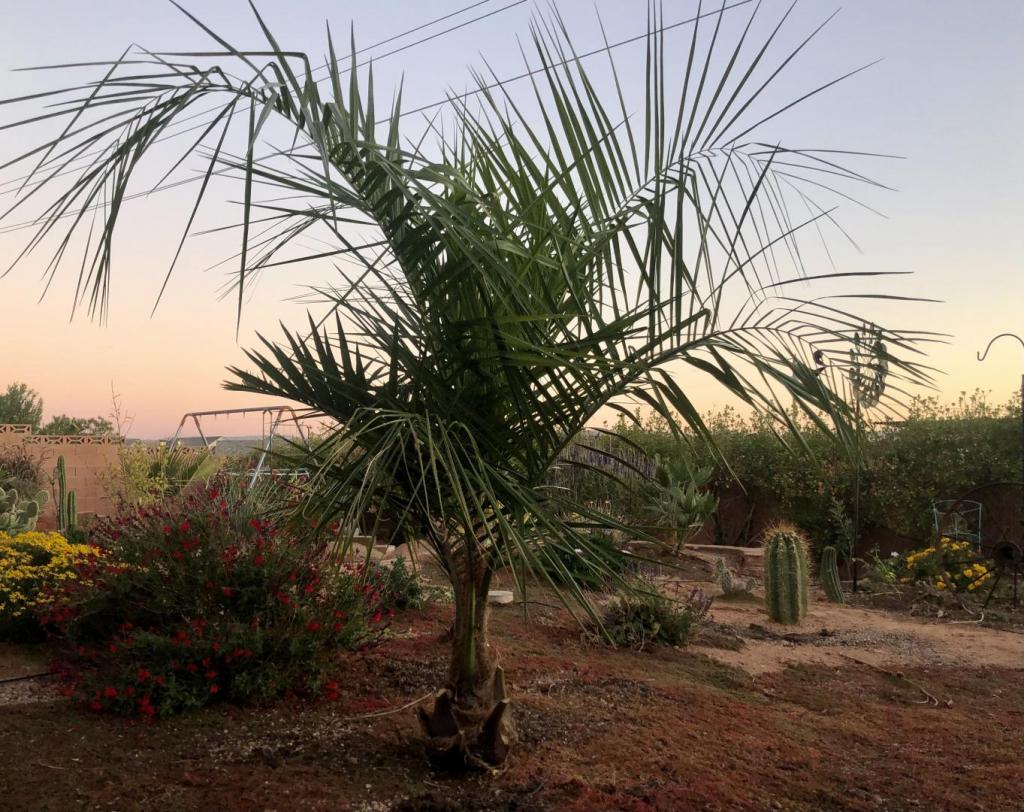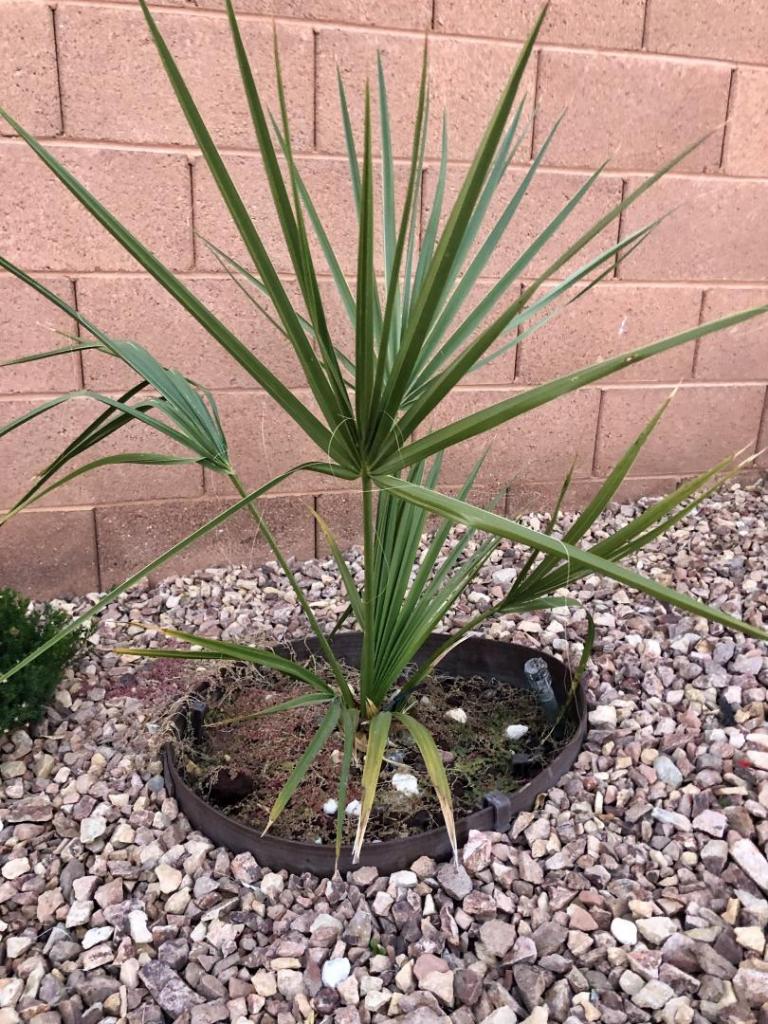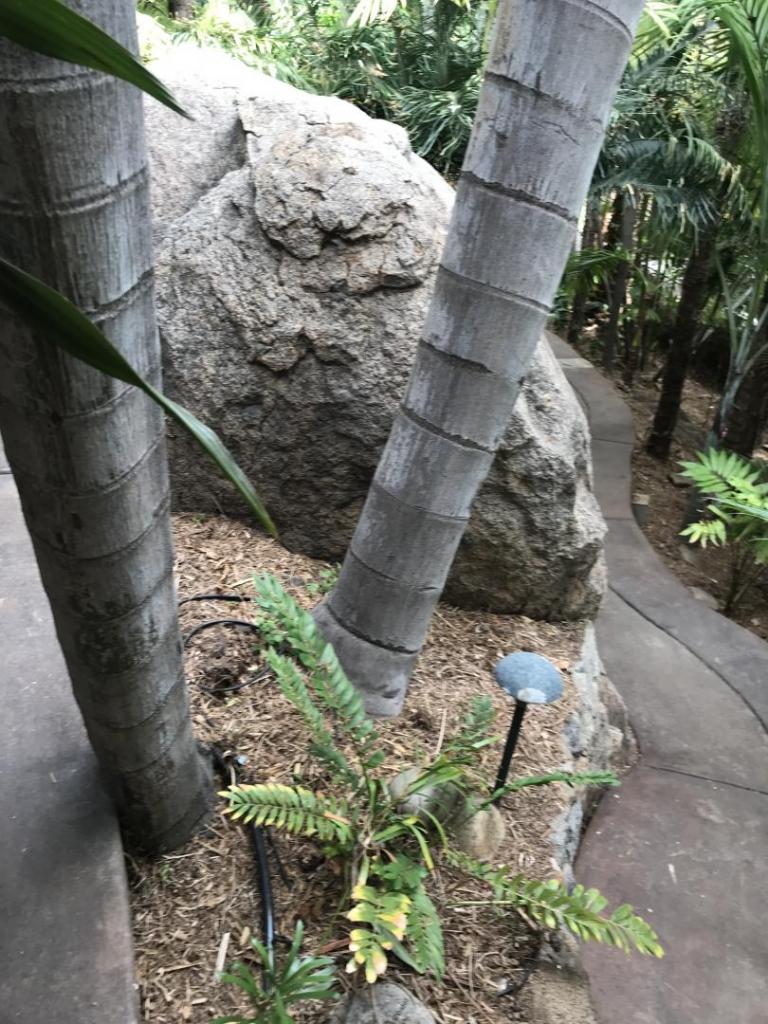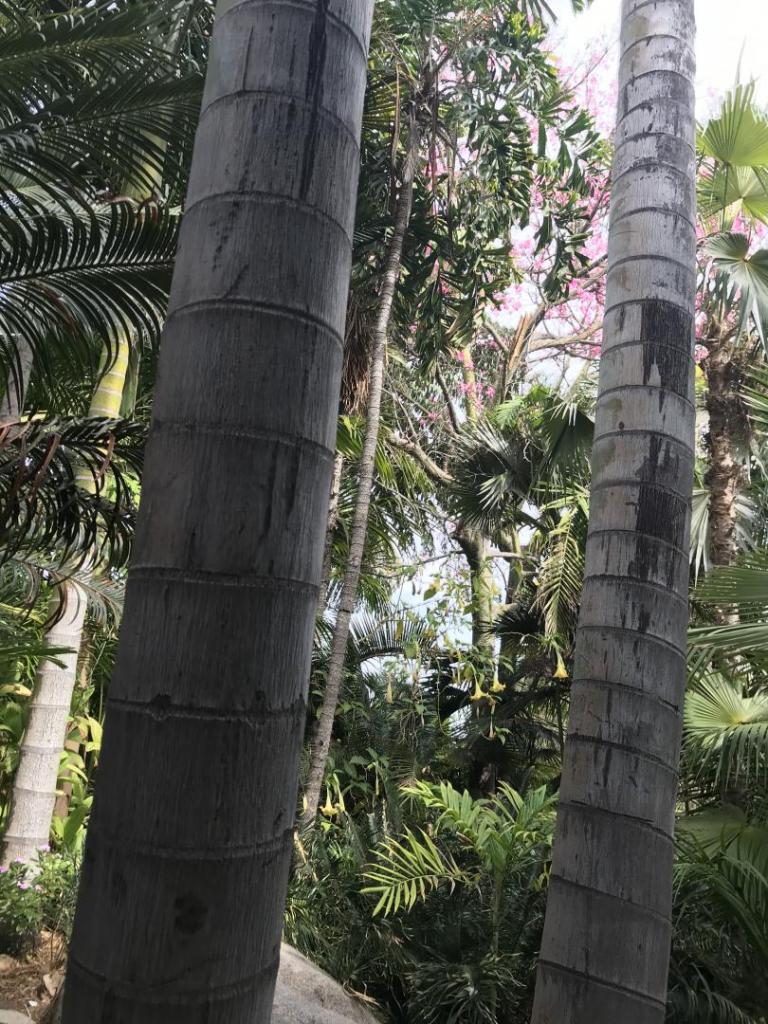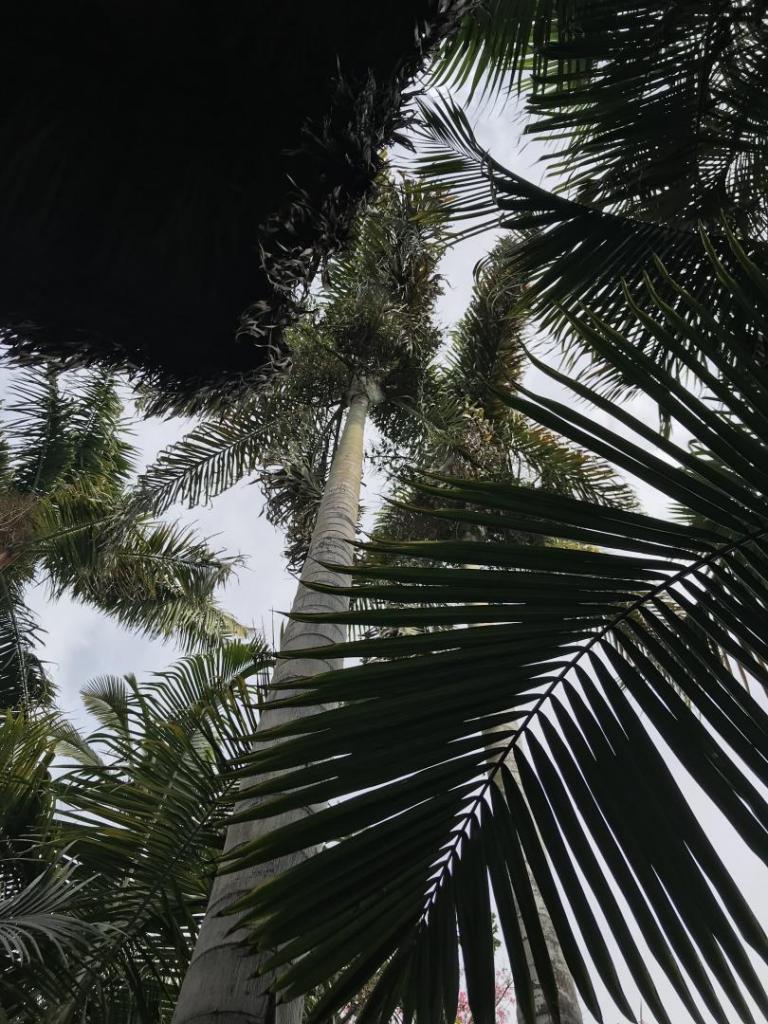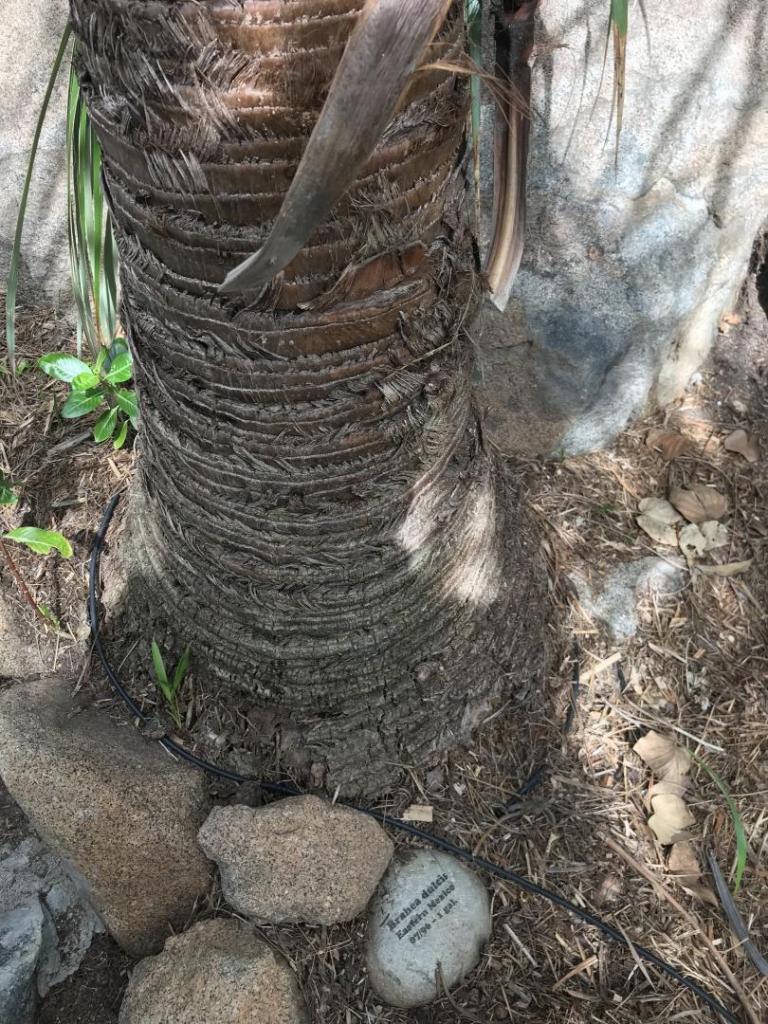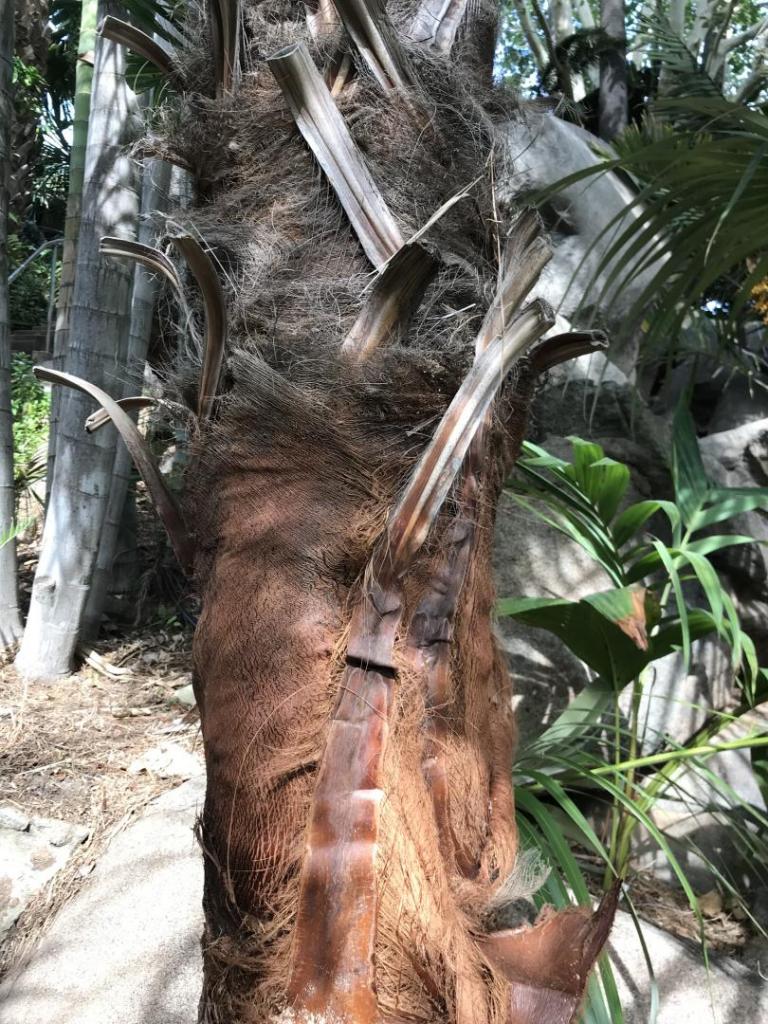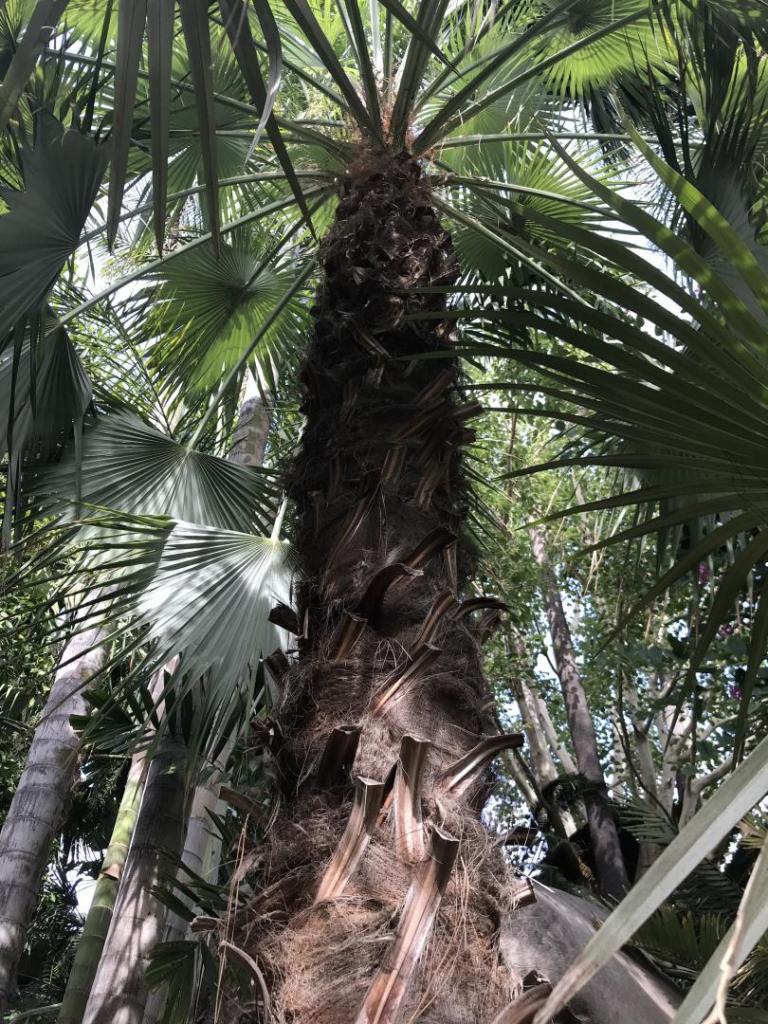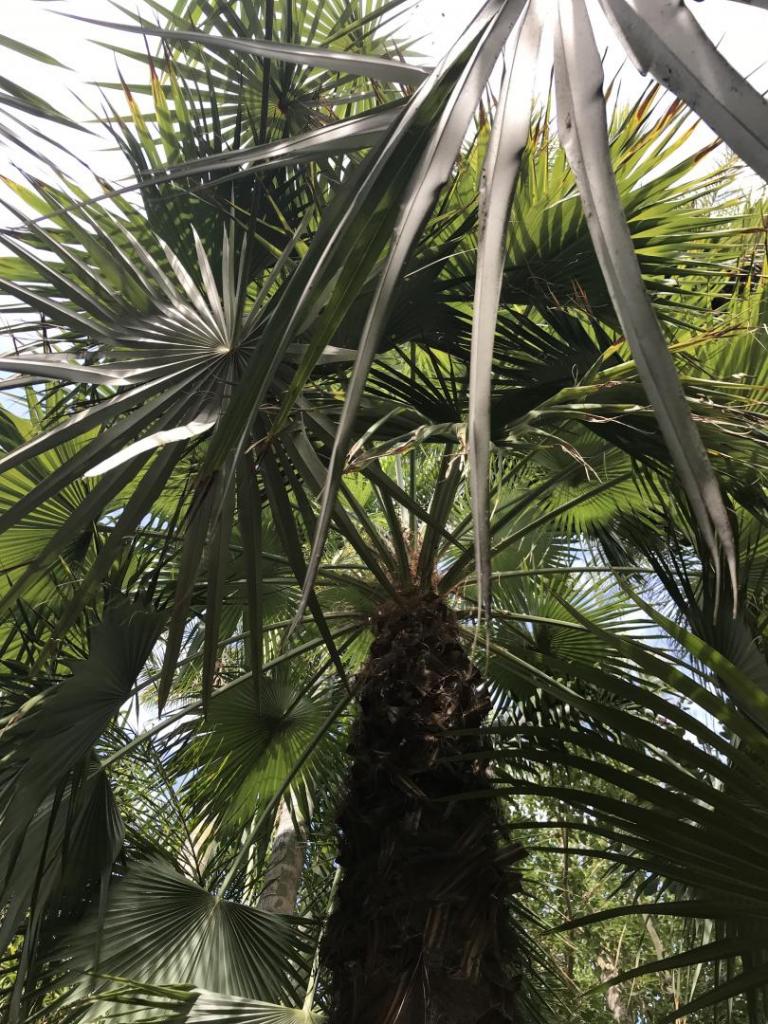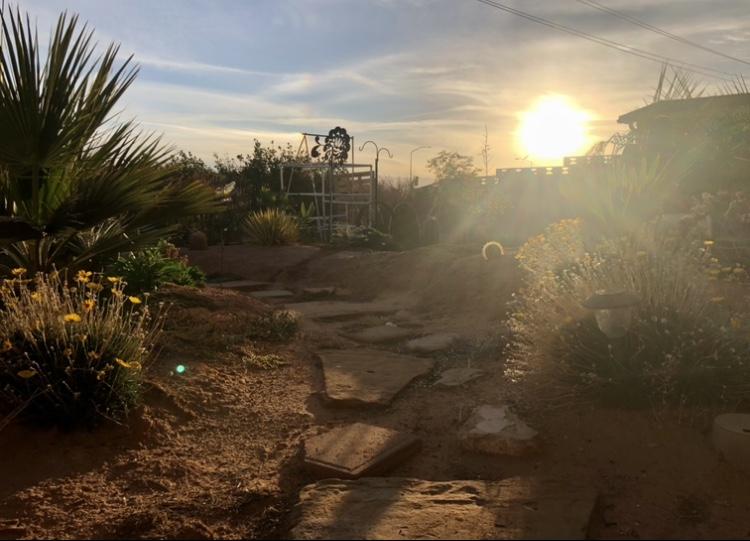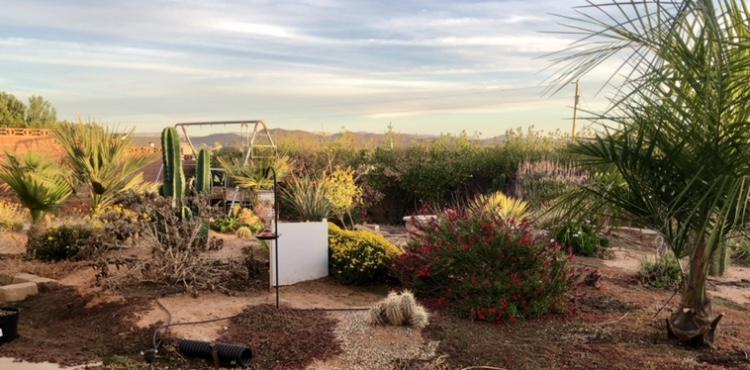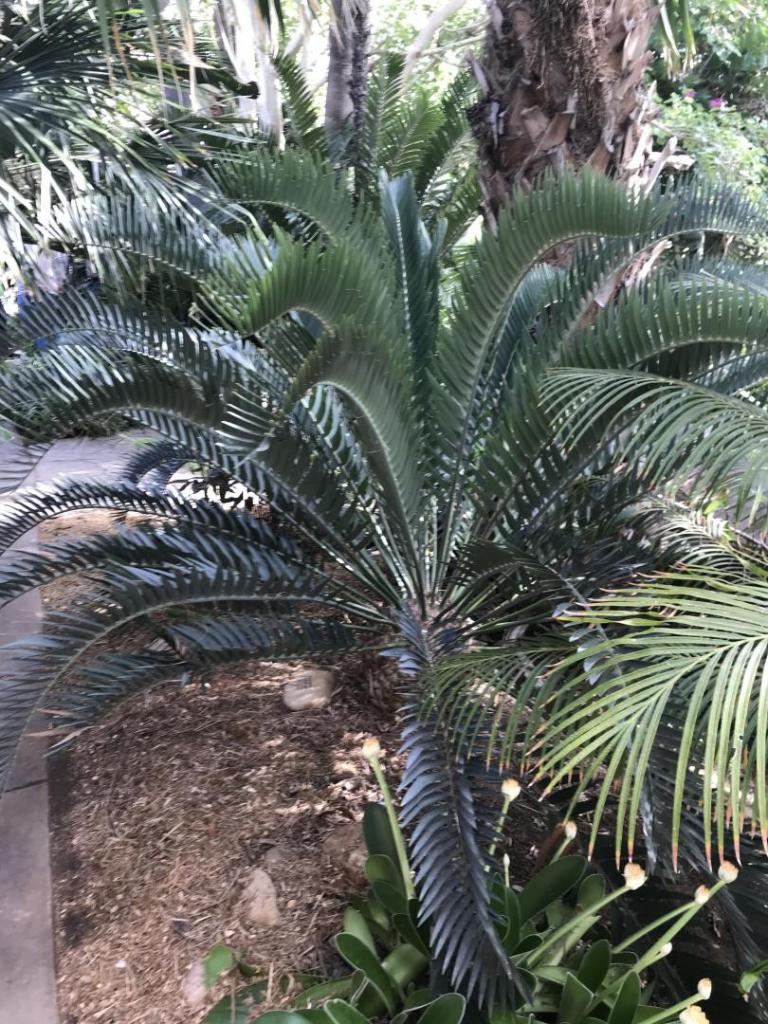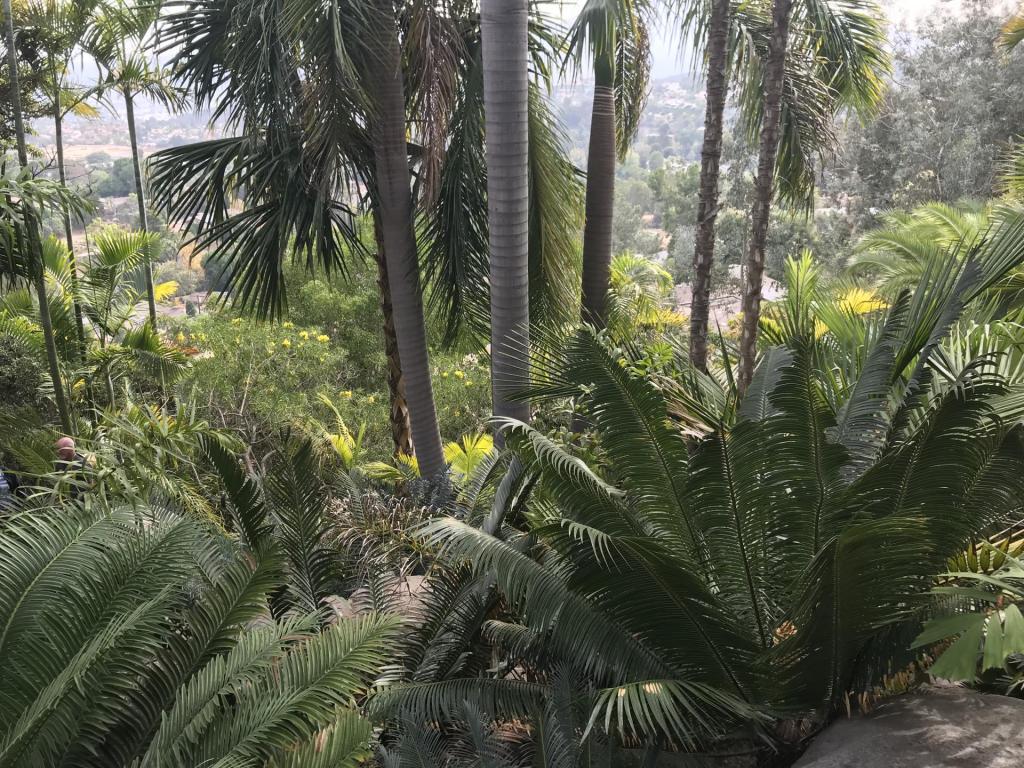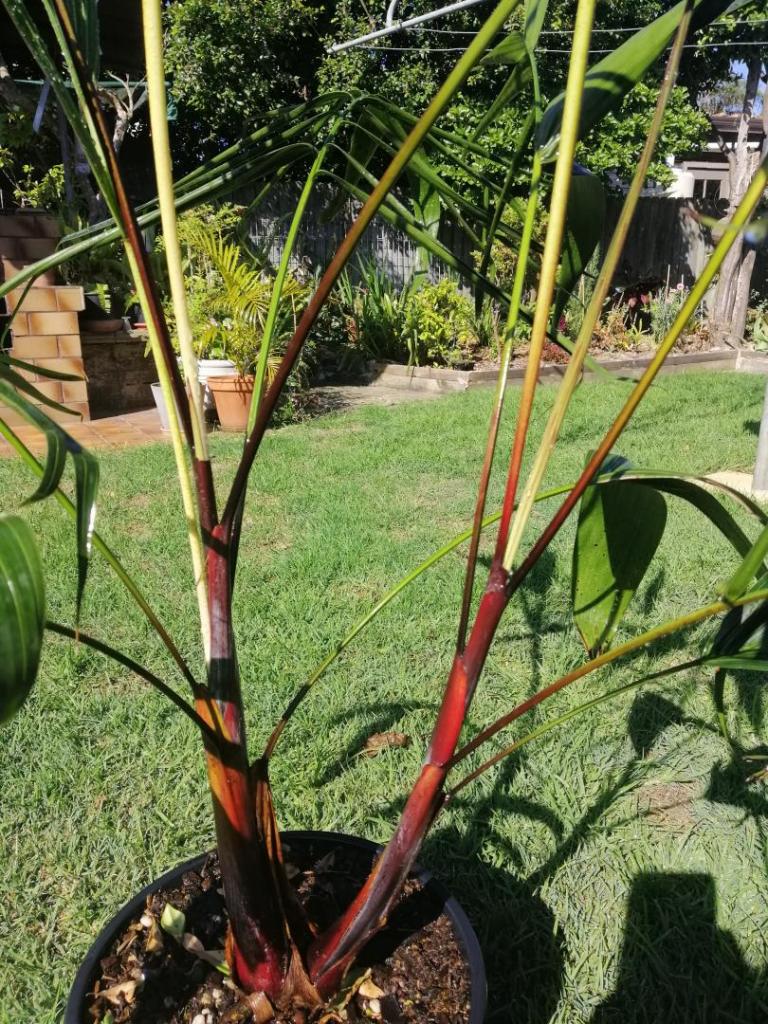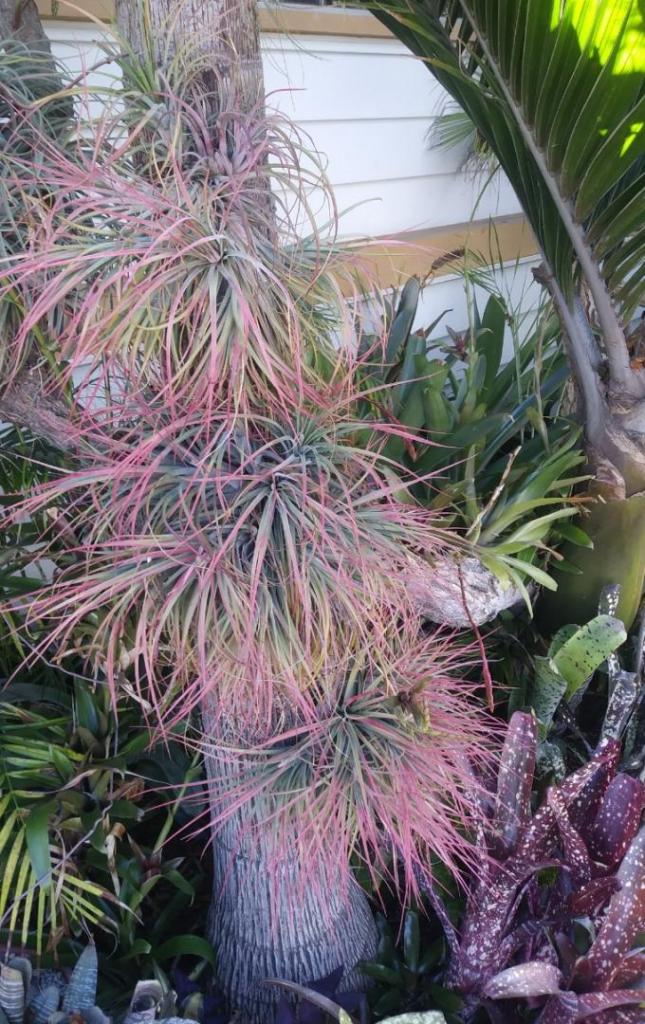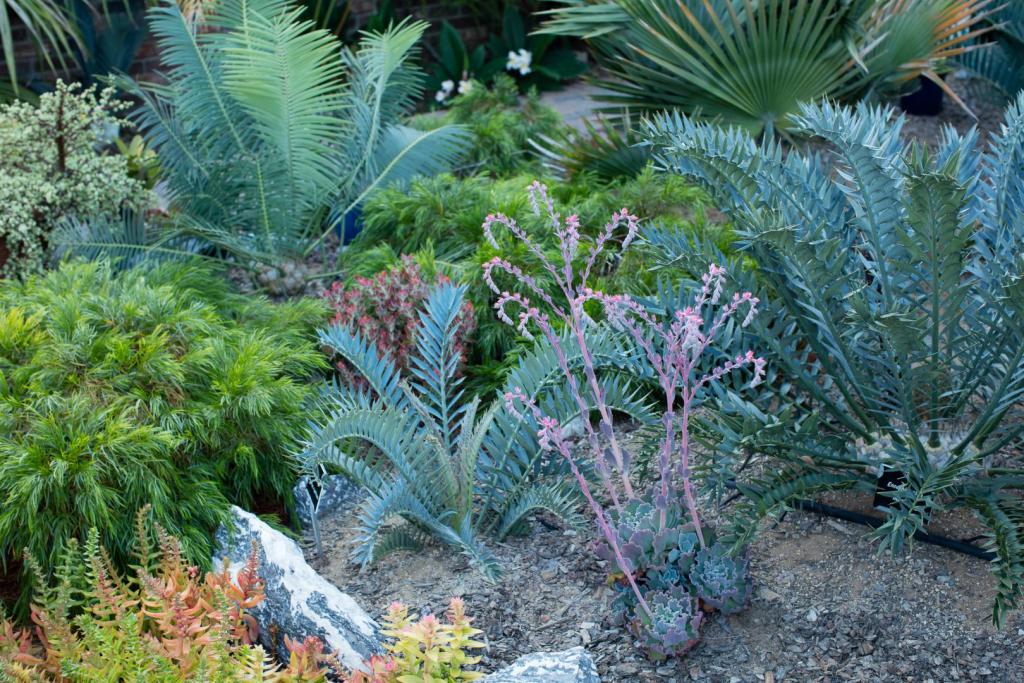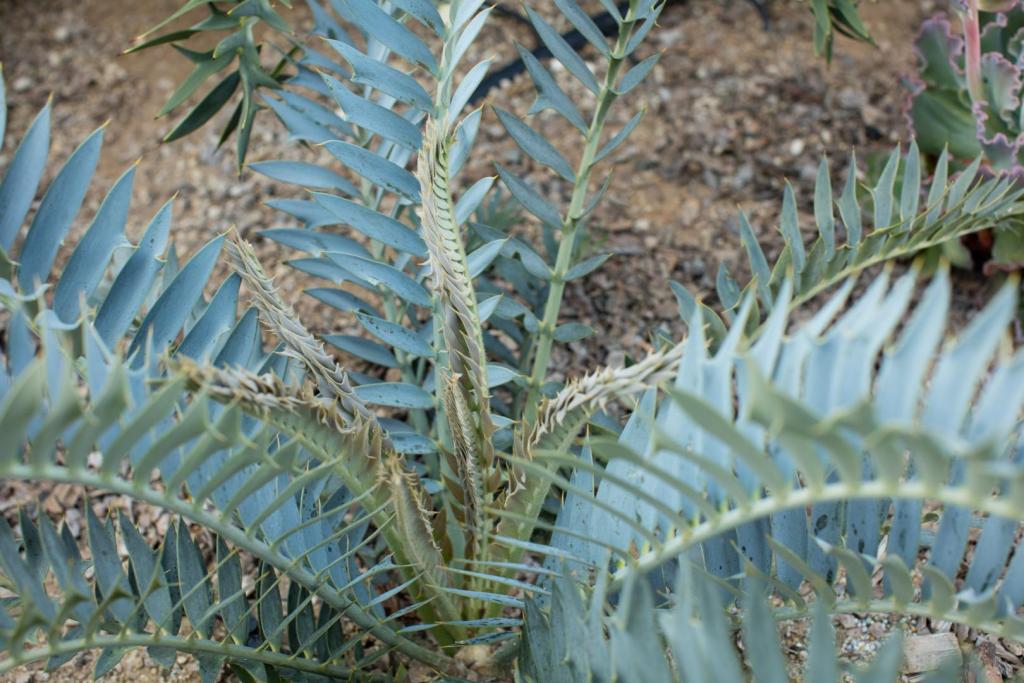Leaderboard
Popular Content
Showing content with the highest reputation on 11/23/2021 in all areas
-
7 points
-
4 points
-
Hi Will, I believe some palm seeds prefer not to "cook." I don't have any experience with Ceroxylon or Rhapidophyllum but Jubaea seem to respond better with fluctuations in temperatures. I planted one Jubaea seed in my front flower bed about this time of year and it sprouted in March when it started to warm up good. I've also had success germinating Butia odorata seeds after putting them in the refrigerator for a few weeks. Howea forsteriana and Trachycarpus fortunei seem to germinate better at room temperature as well. Jon4 points
-
4 points
-
3 points
-
Interesting form Konstantinos! Looks as if it were crossed with a Coccothrinax!3 points
-
3 points
-
If they are hybridised, they are still incredibly Robusta dominant. Bear in mind that a lot of these haven't lost their leaf boots yet or been shaved down. It will become more apparent how Robusta they are in the coming years as the trunks really start to elongate. The 40 foot Earls Court one is definitely pure Robusta or like 95% going by some of the trunk photos. I mean its trunk is rail thin and curves at an angle. I think the others will look thinner trunked too as they keep going upwards in the coming years and lose their lower leaf boots, but I guess we'll see. I may be wrong. What is generally the minimum zonal requirement for Robusta? like 9a? Maybe 9b in a cool-wet winter climate? London isn't exactly ideal for Robusta's or washies in general, but they aren't doing too bad there at 51N. Any idea what the cut off point for Robusta's is on the west coast of the USA? Like the north Oregon coast? Southern Washington? I assume Robusta's will grow at Gold Beach, Oregon at lat 42N? Are there many Robusta pictures from Gold Beach? That is technically 9b I think, so central London is surely at least 9b as well by that merit. Although It's hard to make an argument for a 10a zone in London when you overlap the European and North American continents at the same latitude.3 points
-
I had hundreds of Kentia seeds drop from a tall palm in my backyard, and literally got hundreds of seedlings growing. I ended up potting them and selling them in 8 inch pots.3 points
-
I guess it just depends on what type of palm you are trying to grow directly in the ground combined with your climate, soil type, moisture level, time of year, local critters that may like the seeds or seedlings and I’m sure a whole lot more factors. For example, Dypsis lutescens grow just fine here by throwing them on the ground even with the fruit still on the seed as long there is enough moisture available. So far, none of the local wildlife likes the sprouted seedlings. The squirrels do like the eat the fruit off the seeds though.3 points
-
3 points
-
3 points
-
3 points
-
2 points
-
I think licualas like small temp dips. I move them off the heat mat overnight. I read this in the instructions I followed and they take a long time but I've had a lot germinate. My D. onihalenses were 80's to 90's with no dips. I only got about 20%. I'm thinking they might have been too hot. I also read about Trachycarpus takil needing to be temporized with cold but I had no luck with those after a trip to the fridge (After I had already exposed them to other methods--I think they were old,).2 points
-
I got 100% germination rate on D baronii black petiole at room temperature. I’ve got a batch of D onilahensis still popping now, already up to about 75% after 3 months but I’ve got these places over a central heating duct indoors so temps probably fluctuate from room to low 30s C (80s F) for the D onilahensis.2 points
-
Not answering your query but I imagine there are. If you are interested in meeting with another palm enthusiast in Cairns I am one. Live in Whitfield and have a mini nursery in the backyard. Hundreds of Lipsticks! 0438593483 is my number. Send me a text if you feel inclined. Came across a previous post of yours referring to your Pseudophoenix sargentii that you left behind before coming to Cairns. Not sure but I think I have some growing. You might be able to help verifying their identity!2 points
-
Tim, I'd hate to accuse anyone of plagiarism, but I believe this photo was lifted directly from Sunset Magazine's new coffee table book, The 50 Most Beautiful Gardens of the World.2 points
-
From the photos you provided and description, it just sounds like Potassium deficiency. I get it on all my Coconut Palms here, both in the ground and ones in pots too, to varying degrees, based on variety, size, overall healthy of the palm, etc. Some get it worse than others. Prolonged warm weather, usually cures it, but as we are heading into winter, it will continue to varying degrees throughout the winter. Severe cases of it can kill palms, but it is not contagious, so one palm WILL NOT give it to another palm. It is a nutritional deficiency brought on by chilly/cold weather, and NOT a disease, even though it may initially appear as a disease, as multiple Coconut Palms and other susceptible palms can have the condition at the same time, giving the appearance that it is a rapidly spreading disease, when it is not. I assure you, it is strictly a condition in the palms brought on by extended cool/chilly weather. Some varieties can develop it after just one or two nights of cool to chilly weather, while other varieties won't even be affected at all at the same time! To cure it (affected leaves will remain ugly and not recover, but as long as they have green on them, don't cut them off, as palms need as much green foliage as possible to produce photosynthesis), and to prevent it from occurring in the first place, or from recurring later on, use Liquid Seaweed according to the directions as a foliar spray, and use MicroLife Ocean Harvest 4-2-3 as a foliar spray several times throughout the late fall and winter, and even into the early spring, then a couple of times throughout the rest of the year, to help with palm health. John2 points
-
2 points
-
I've sprouted Chamaedorea, Arenga, and Phoenix species this way. If the seeds are fresh and your soil is good, it'll work. It's best to use a shady spot that doesn't completely dry out. What blows my mind is, I had Chamaedorea microspadix and radicalis, Arenga engleri, and Phoenix acaulis seeds in the ground during the terrible Texas winter freeze which subsequently sprouted this spring and summer!2 points
-
2 points
-
2 points
-
2 points
-
I would think this would give you a better chance at survival. I've heard Washingtonia grow like weeds so I don't think you'd loose anything trying. Butia in the other hand are a bit more difficult and temperamental. Here's an interesting article I just read regarding endocarp removal versus not with Butia...you can click donwload pdf and read it without being grayed over. https://journals.ashs.org/horttech/view/journals/horttech/8/4/article-p586.xml2 points
-
2 points
-
2 points
-
2 points
-
2 points
-
Thanks everyone for the comments, I was grateful to be able to share this incredible palm from the garden. Here are a few more photos. My neighbor Jason social distancing. The same palm back in October 2008 right after planting. For folks with palms this size.....keep the faith. A real blast from the past, The day I acquired the palm from Bo, along with a truckload of other stuff. BTW, we look exactly the same today! Tim2 points
-
2 points
-
I thought it would be fun to start a thread on my up and coming garden in Vista California. I wasn't planning on doing a thread but I got pressured into by a few PSSC members.. you know who you are...lol My wife and I bought and investment property almost 3 years ago in Vista California. My wife doesn't understand the palm disease like most of my friends so I needed a place to plant a garden where I can grow bigger stuff. I've been officially working in the garden for about 6 months. It's been a very slow project but its finally starting to pay off. I recently started planting palms on the south facing slope in a good micro climate. I've wanted to do this for some time now and I have finally made it a reality. The garden is located on 3 acres and was covered in very old stressed out Avocado trees that were neglected by the former property owner. It took several months-1 year to cut and remove all the trees and stumps. A total labor of love for sure. Now that I have all those avo's cut down the garden is a blank canvas ready to be created. The soil is dreamy.....Its has a 2 foot clay silt cap followed by pure DG and is easy to dig with a sharp shovel. My end goal is to just create a tropical oasis that will bring me joy and have a cool place to enjoy a Mai Tai. Blank canvas I recently trenched and now have all the hard pie for the irrigation laid in place (that took much longer than planned) with the help of a very good palm buddy. (BEFORE) Digging a pretty big hole for a palm I'm going to have craned in (AFTER) Jubaeopsis Caffra has successfully been craned in place MANY MORE PICTURES TO COME.... I plan on updating this thread every so often with some pictures of recently planted palms, rare trees, ETC Please enjoy and thanks for looking1 point
-
I’m taking my boys on a 4-wheel driving adventure north of our home in Cairns later this month. Are there wild foxtail groves that can be visited by the public?1 point
-
1 point
-
While possible, I’m not sure you will have a lot of success. Depending on where in NC you live, you might not be able to reproduce the conditions required for germination. Part of the reason why you stop seeing palm trees as you travel north is that it is too cold not only for growth but also germination. You can plant a palm that has been grown to a self sustaining level and it could continue to grow outside of its normal range. But seeds/seedlings are a different story. They can be very fragile and difficult to get to this size without protection. Even germinating seeds here in Florida, I am using a heat mat through the winter months. I would probably have a much lower success rate without it. You can certainly try to throw some seeds in the ground but I wouldn’t recommend trying this method with anything other than free seeds.1 point
-
1 point
-
1 point
-
Hi Bob, welcome to Palmtalk! I'm on the far west side of San Antonio in zone 9a. Depending on where you are located there are a bunch of different species of palms that you can grow. Trachycarpus fortunei is plenty hardy but looks best in partial shade (particularly from afternoon sun). Most Sabals do well here particularly mexicana, uresana and guatemalensis which can handle drought. Your palmetto won't need winter protection. Washingtonia filifera is a better choice compared to robusta but the hybrid filibusta does fine also. They require a lot of trimming and there are much better choices out there. Mules do great - I lost a 8' mule unprotected last February but a smaller one survived. My recommendations in addition to the Sabals and mule: Fan Palms Pinnate Palms Livistona chinensis Butia odorata Livistona australis Chamaedorea microspadix (part shade) Chamaerops humilis Chamaedorea radicalis (part shade) Brahea armata Phoenix dactylifera Brahea aculeata Phoenix theophrasti Brahea calcarea Phoenix canariensis (CIDP) Brahea brandegeei Jubaea chilensis Trithrinax acanthocoma Trithrinax brasiliensis Trithrinax campestris Rhapis excelsa Acoelorraphe wrightii Serenoa repens Besides mule palms there are other pinnate hybrids such as Butia x Jubaea, Jubaea x Butia, etc. offered by Patric Shaffer that should do well. If you'd like to see what has survived in my garden you're welcome to come by for a visit. Just send me a private message here. Jon1 point
-
1 point
-
1 point
-
1 point
-
1 point
-
1 point
-
1 point
-
1 point
-
Friends of mine camped at Bathurst bay a few years back. They went in a convoy of 3 vehicles all fully equipped with recovery gear etc, all the right stuff. They did want to go for a walk over to the area where the foxtails are but it took them too long to get through a very wet slippery area and it was getting dark etc so even though they were so close, they were still so far. They were heading for the tip of Cape York on that trip. Still worth the effort I reckon but it’s not easy by the sounds of it.1 point
-
1 point
-
1 point
-
Yup, that has been done. I believe that George Sparkman still had some at the beginning of the month on his price list. My E nat x horridus are probably around 4' long leaves just eyeballing them. I've never gotten a tape out to see though. As Brian said, the Encephartos blue arenarius x latifrons are very attractive too. Mine have turned out to be very blue as you can see, easily as blue as my horridus adjacent to it. It seems to be taking off now too. I got it as a small 2 leaf band size. I eventually got it into the ground about 3 years ago and its still small enough that it's doing the sequential flushes. This is flush 2 this year with 6 leaves pushing on it.1 point
-
3 acres! What a palm canvas! A lot of work but ultimately a source of pride and accomplishment. Keep us posted, Josh. Reminds me I should take a some photos of my little .61 acre paradise.1 point

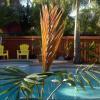

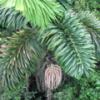
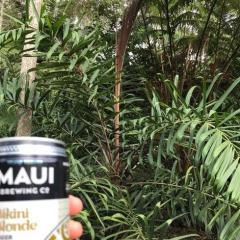
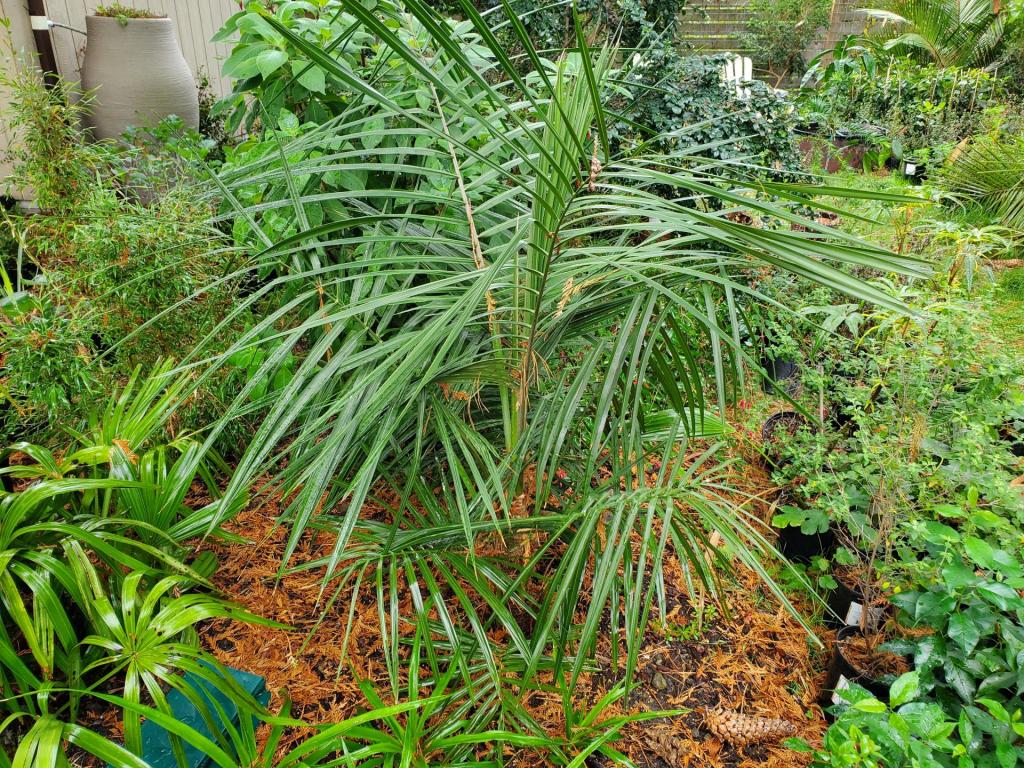
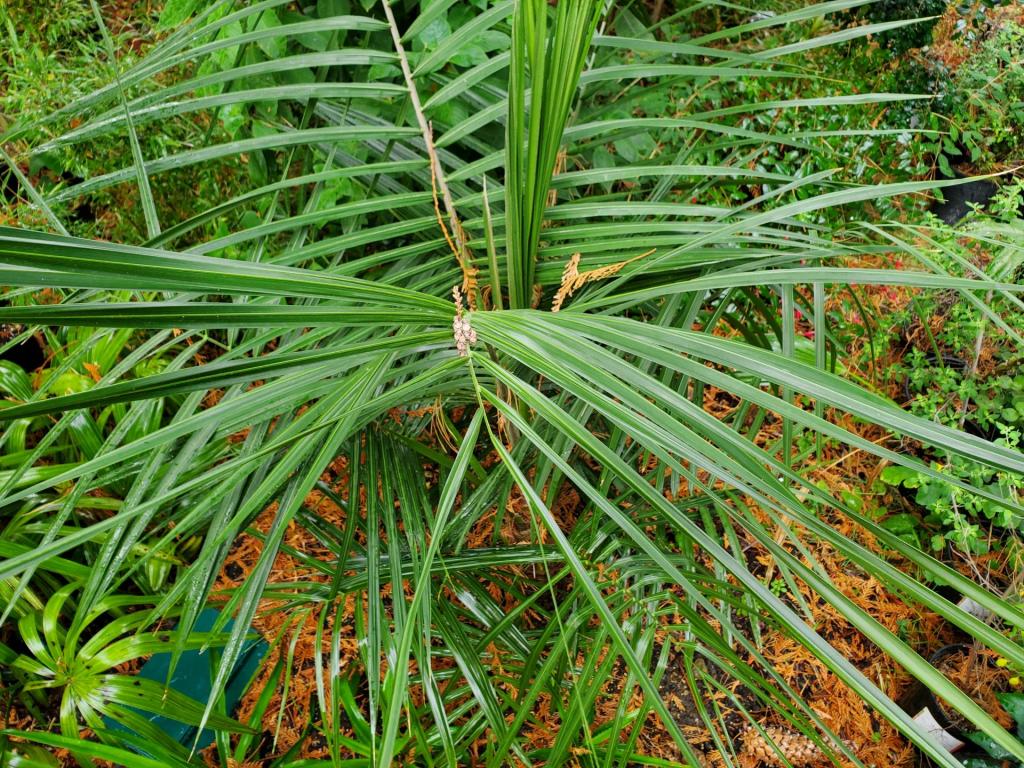
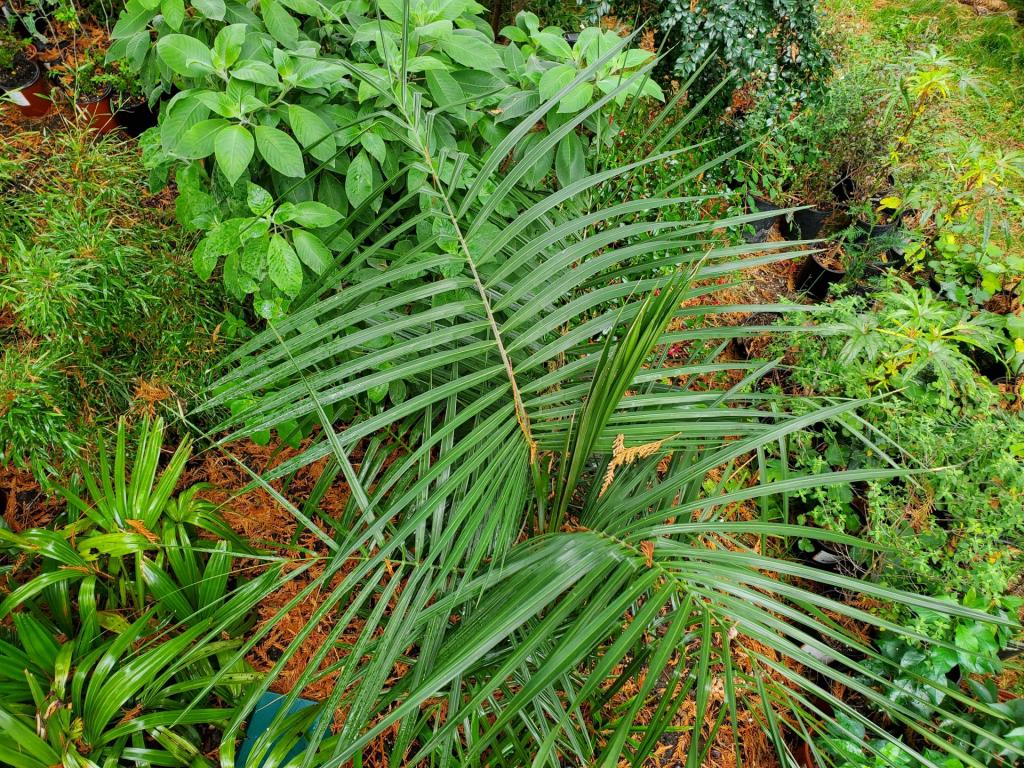
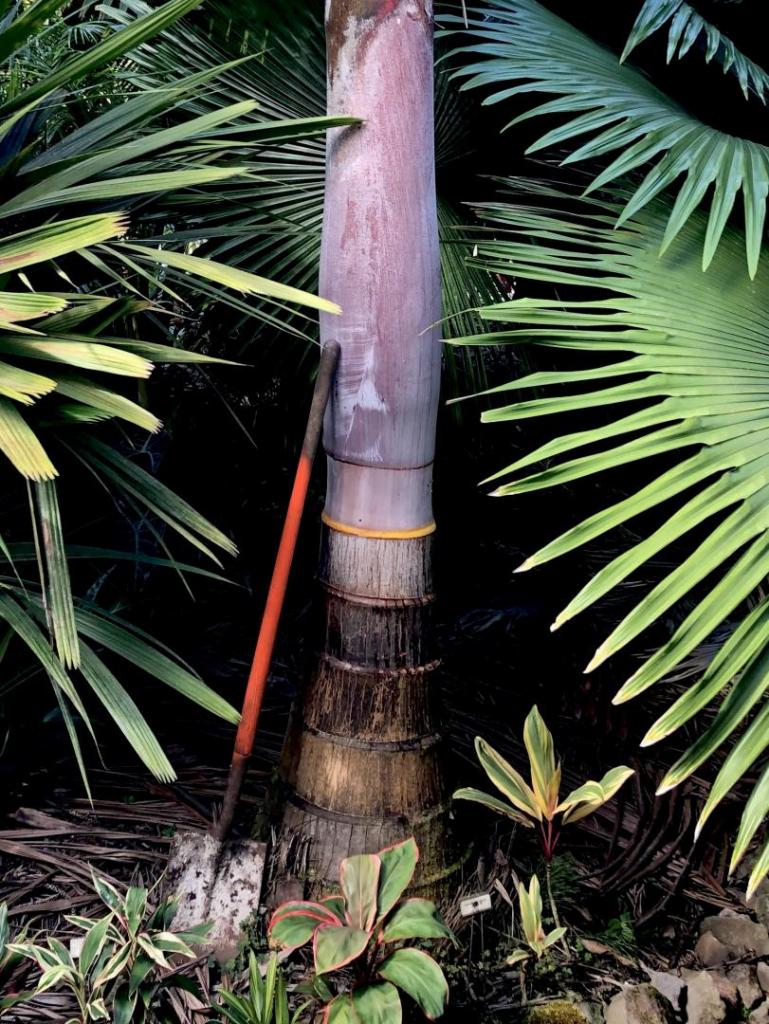
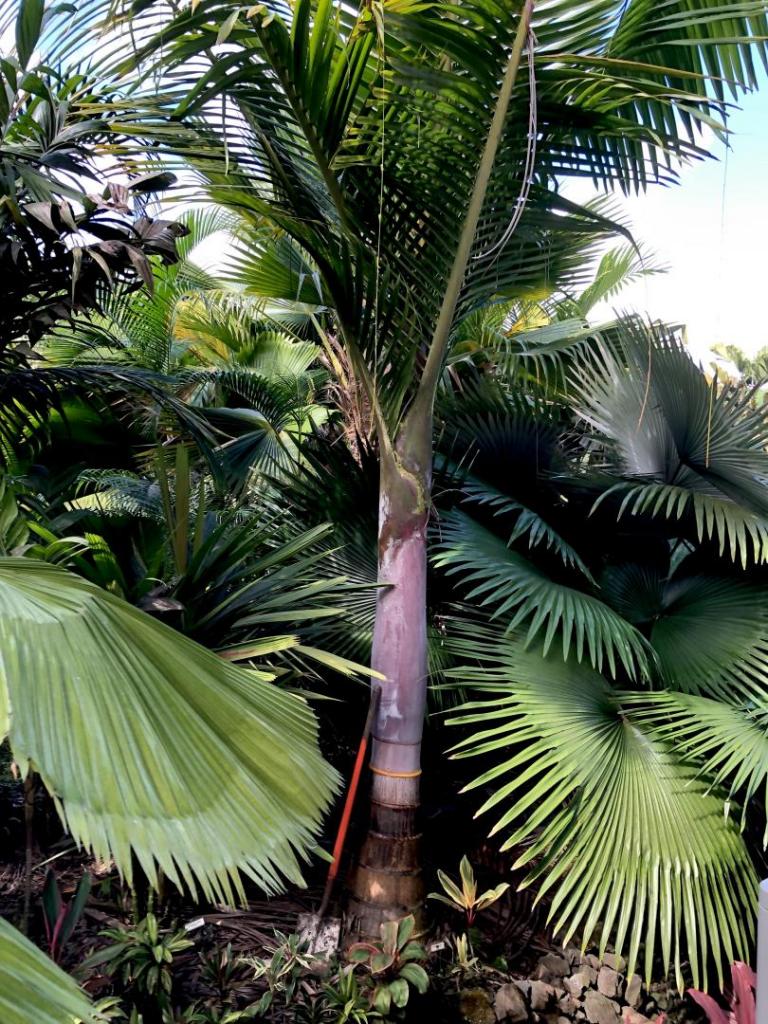
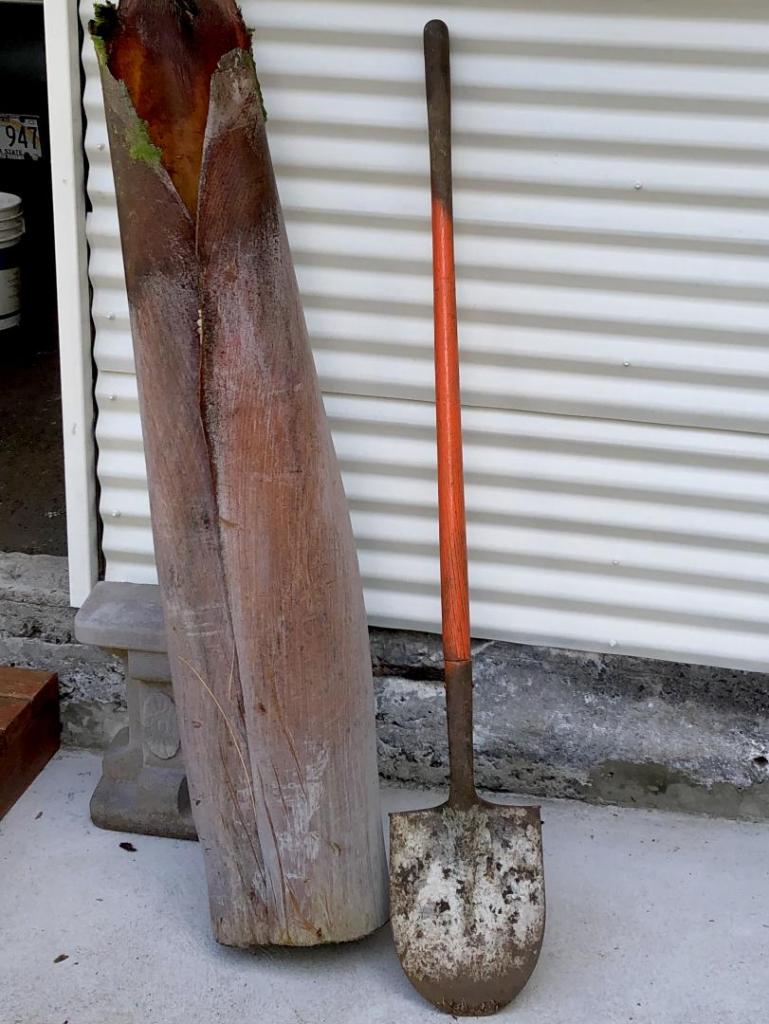
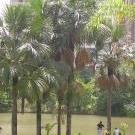
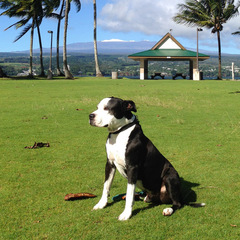

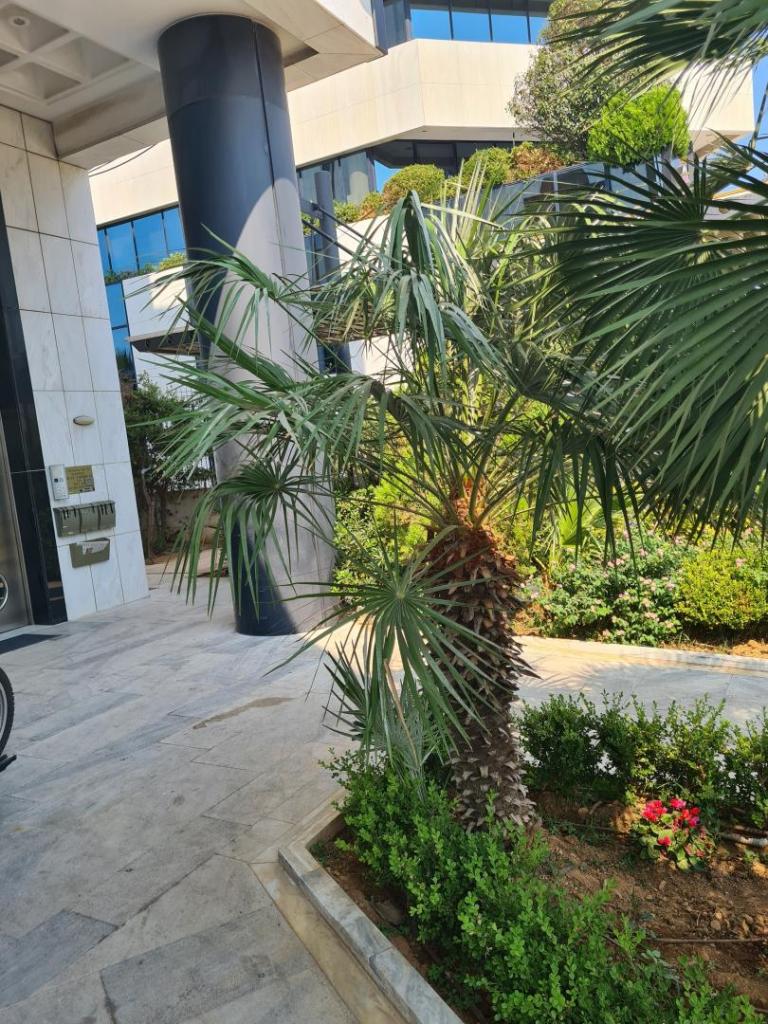
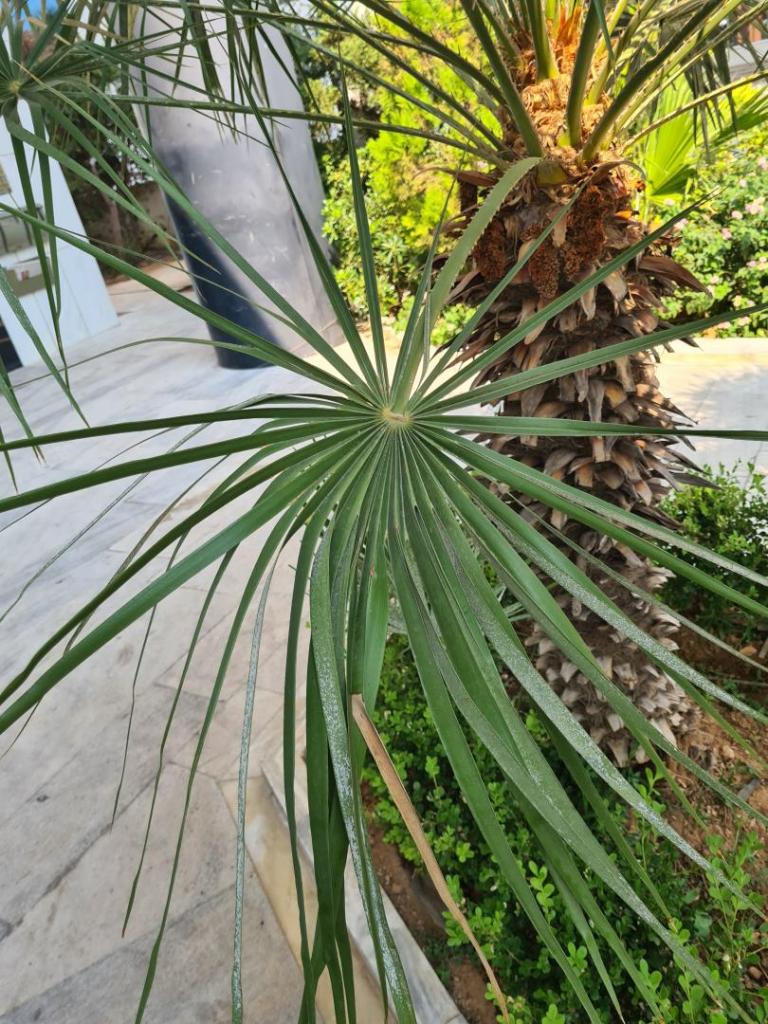







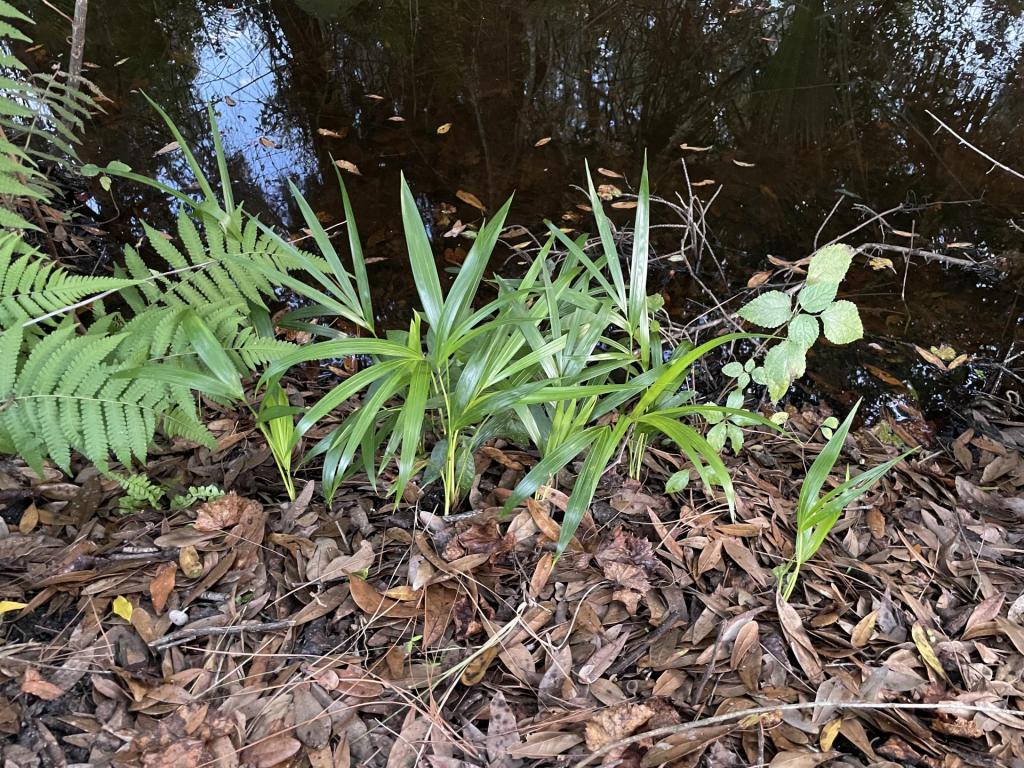
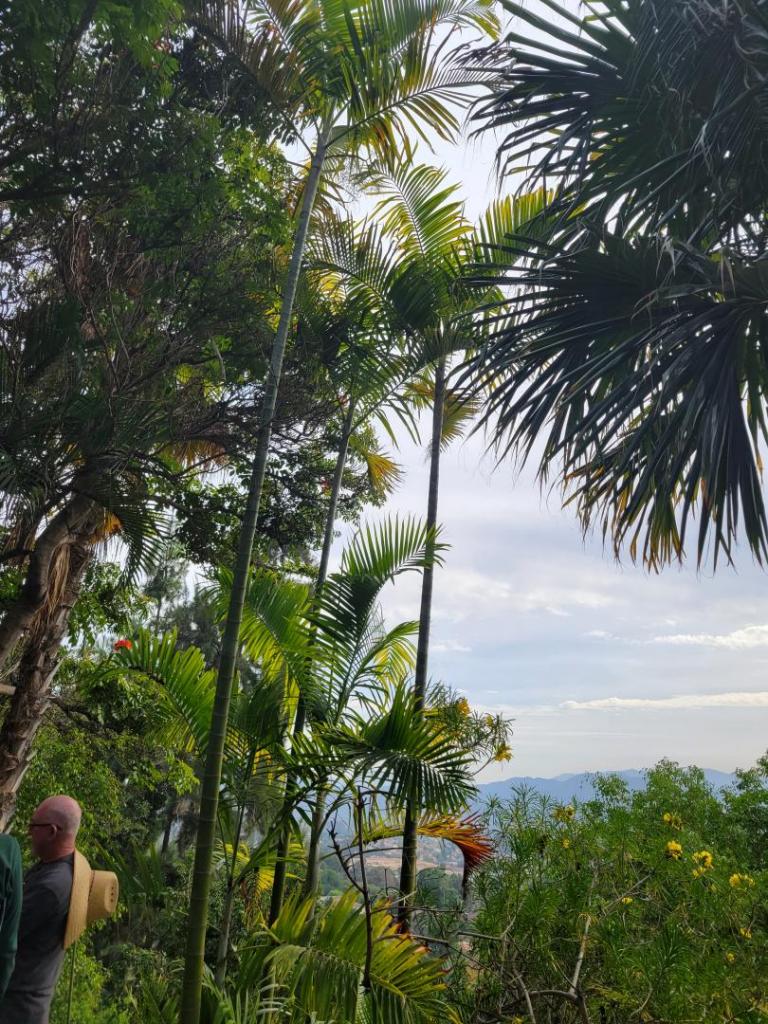


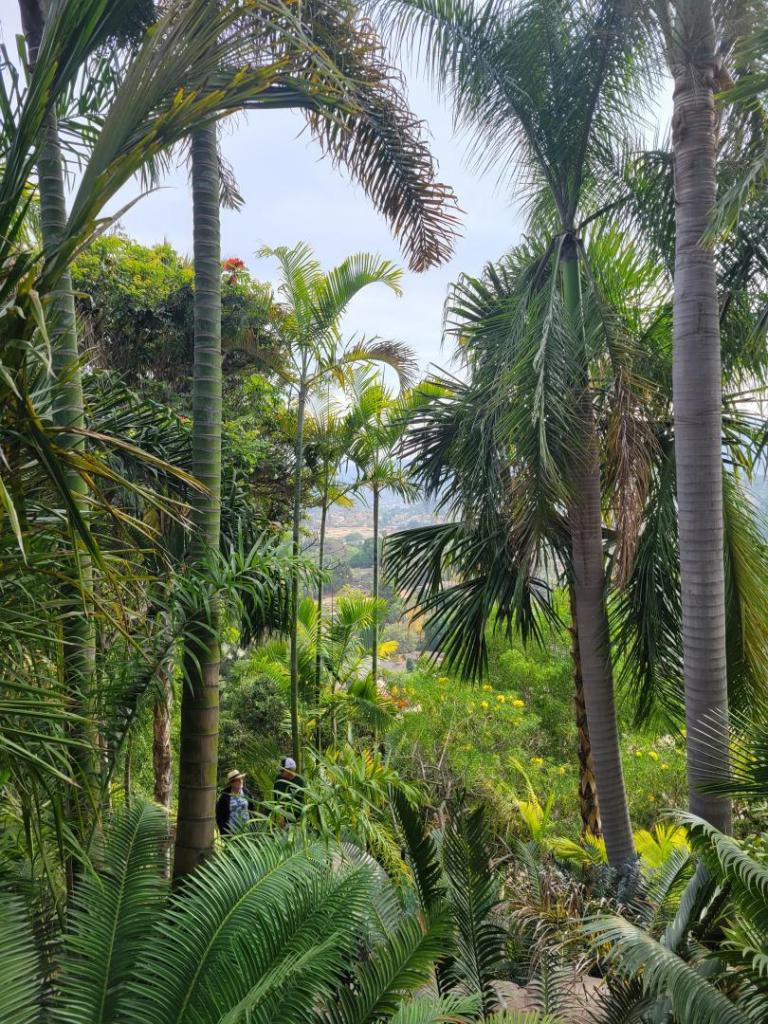
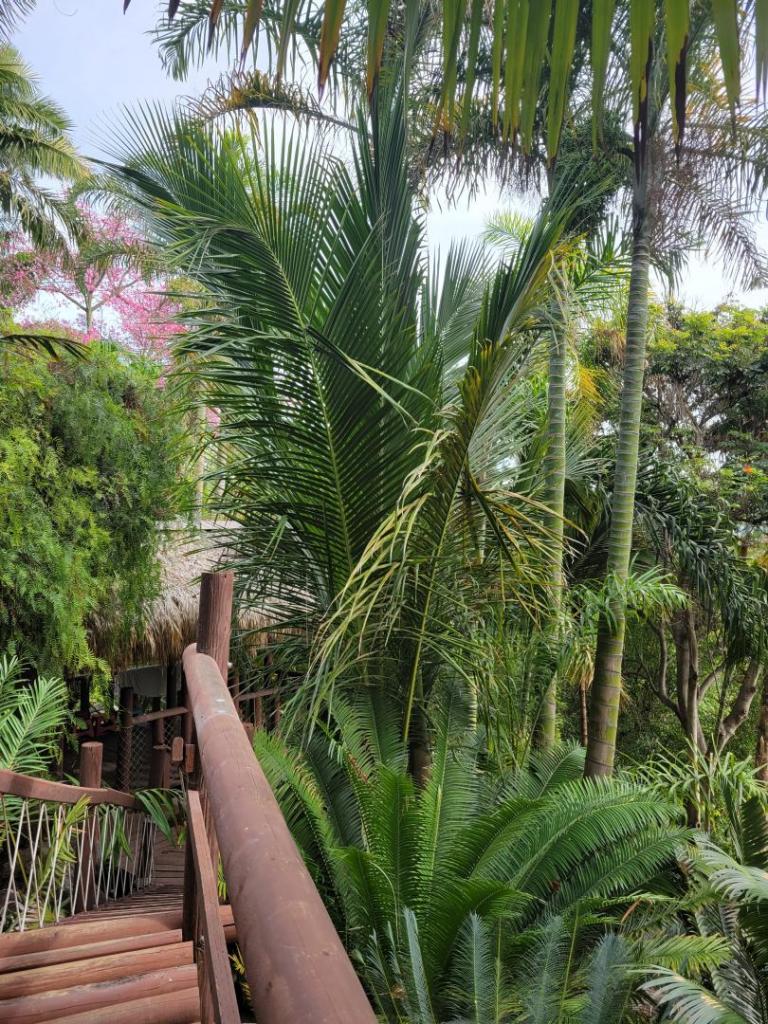




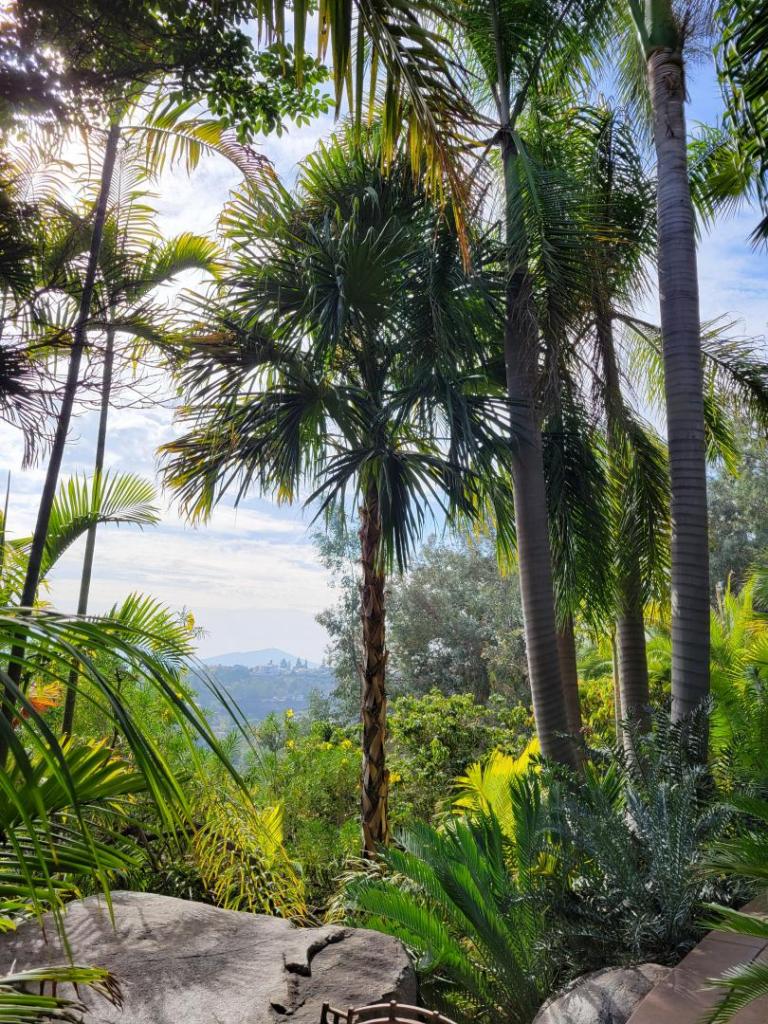

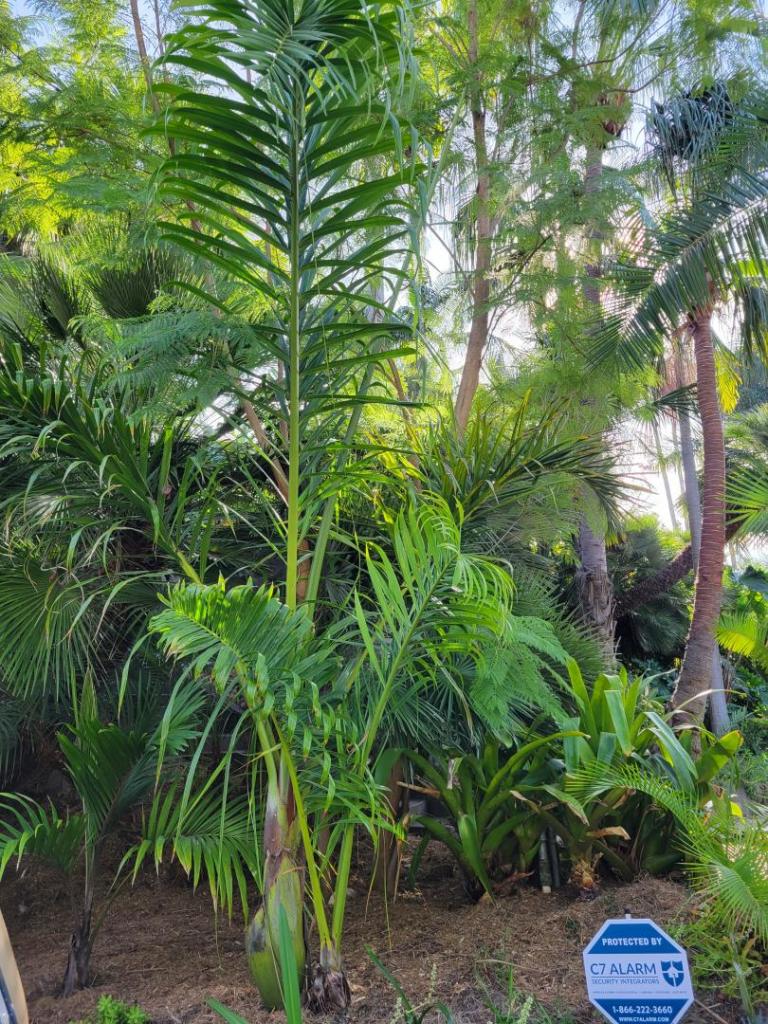
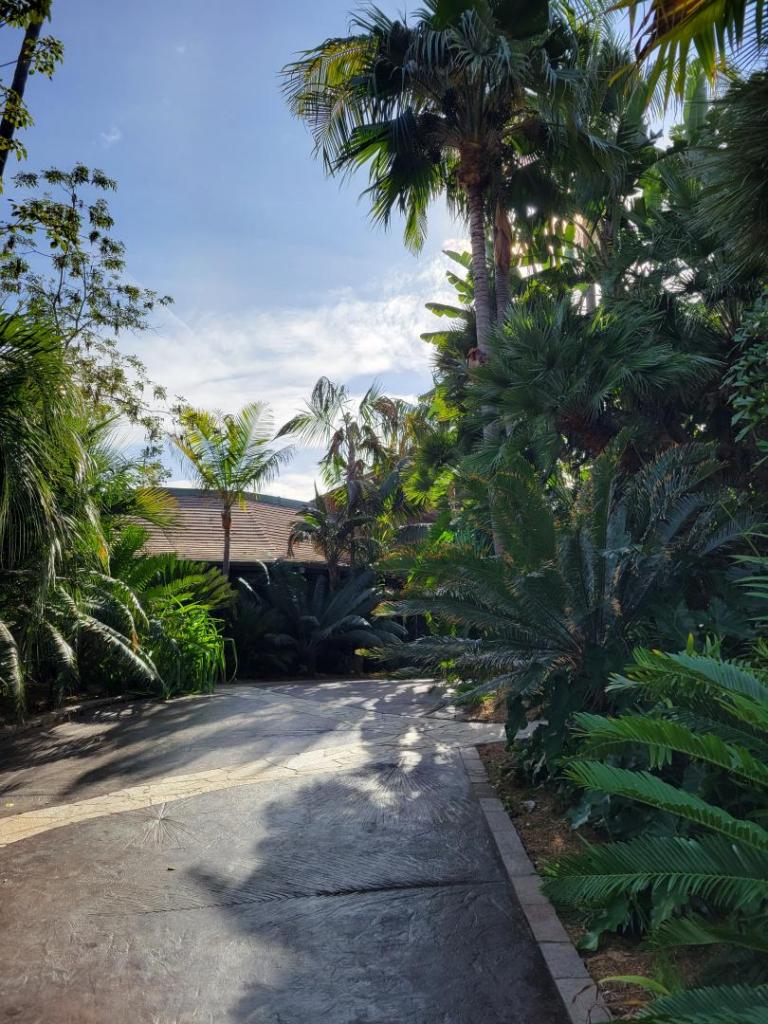

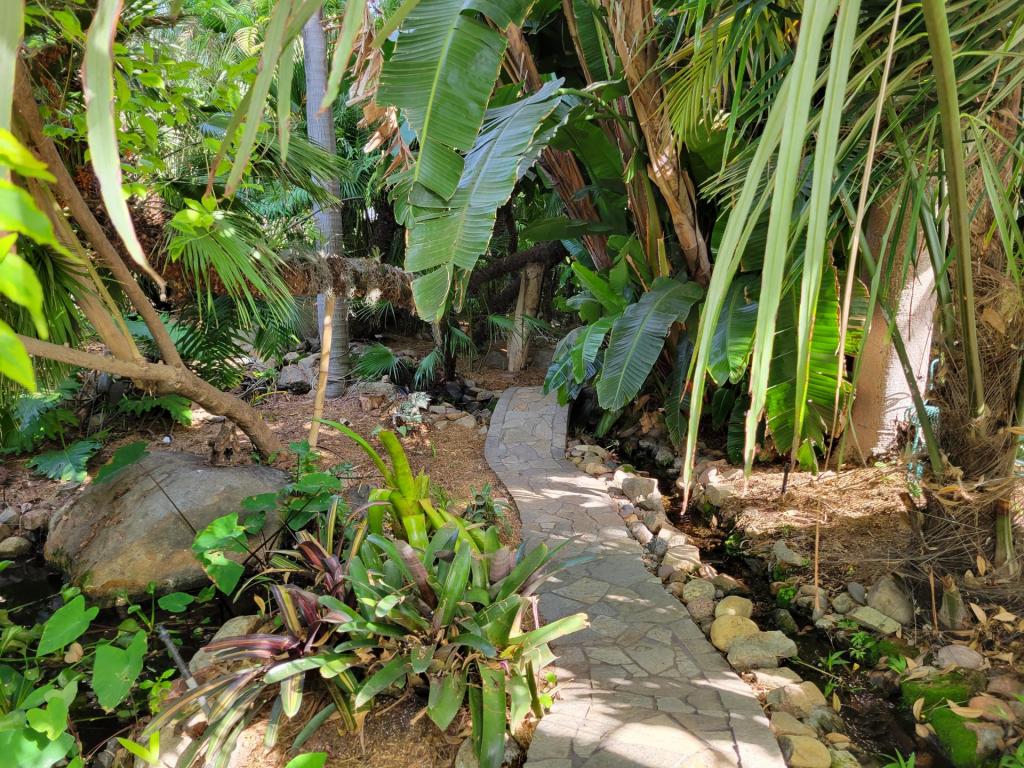


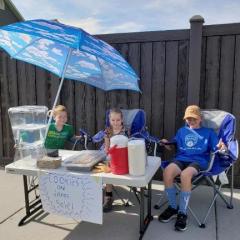

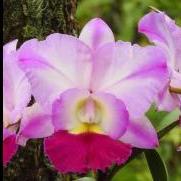
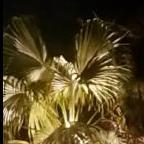
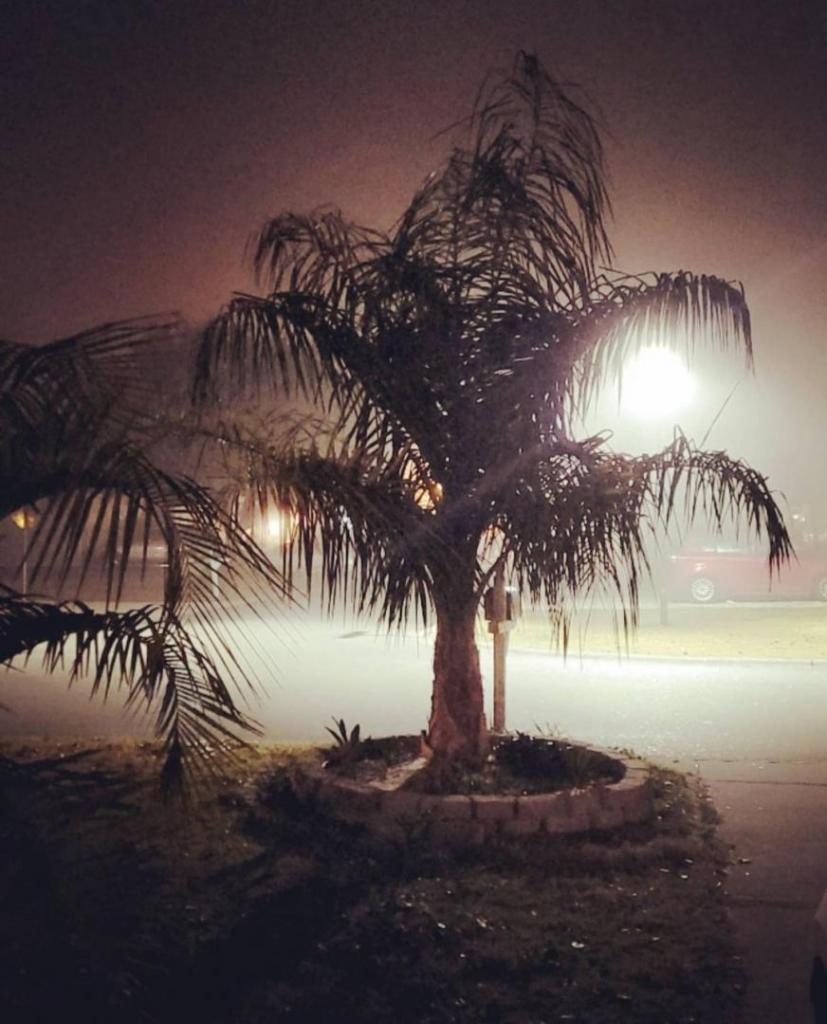
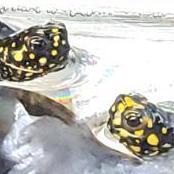
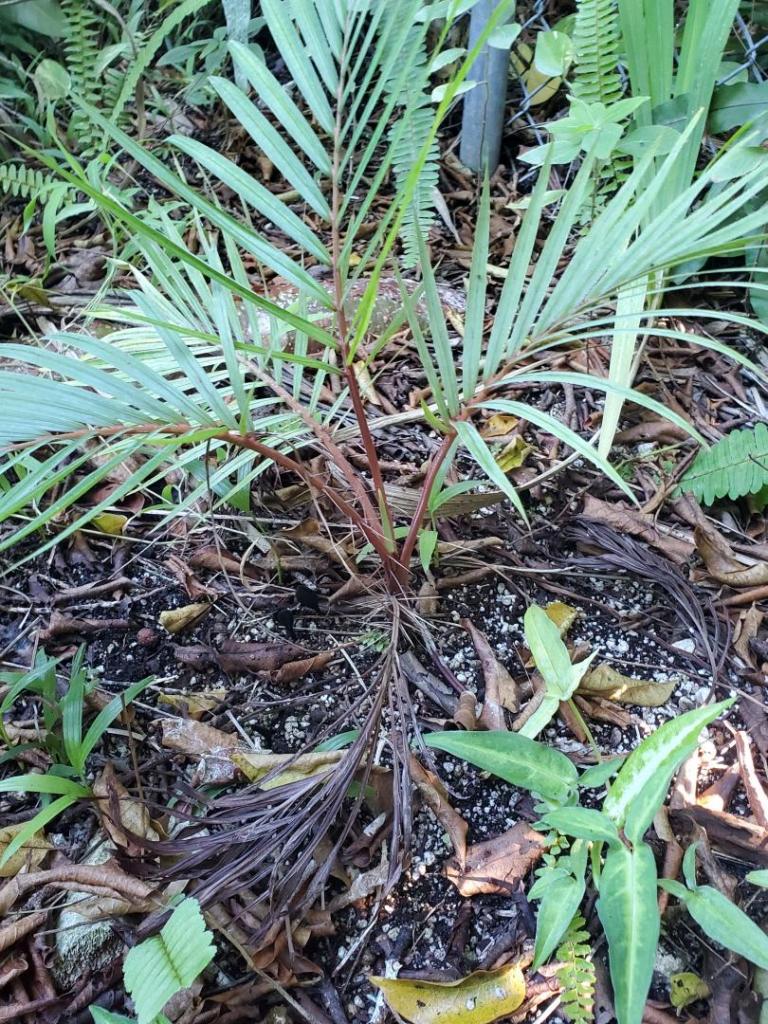
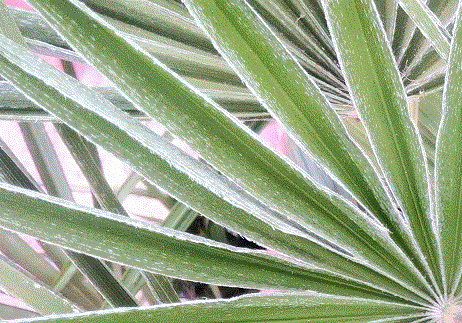



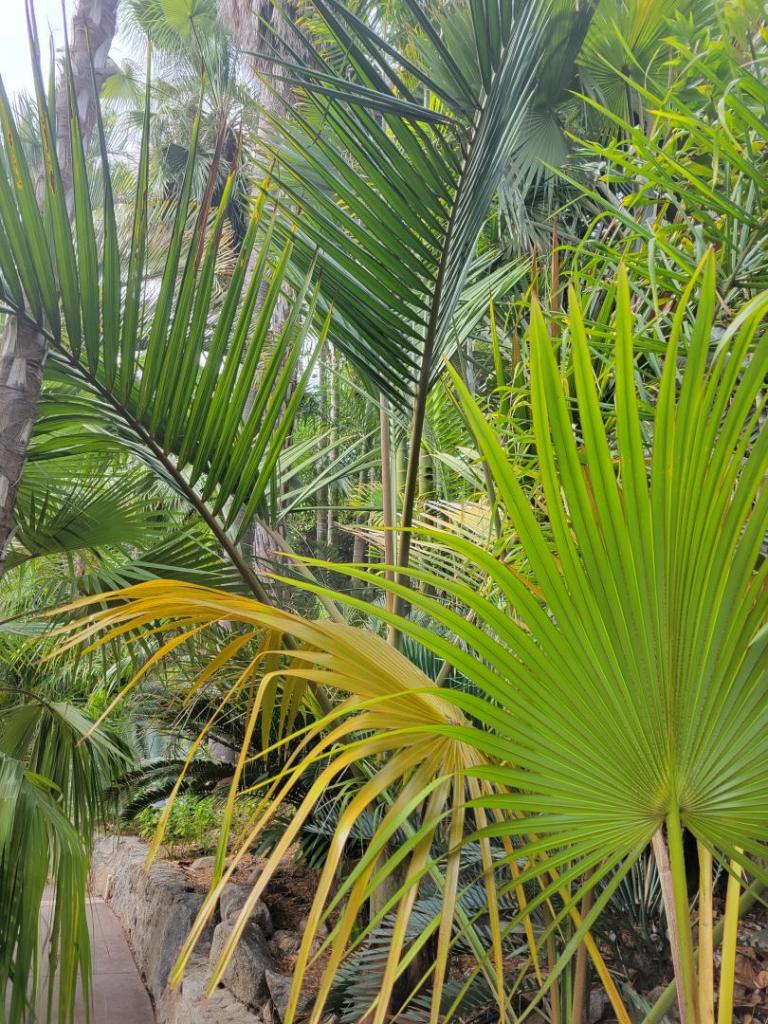
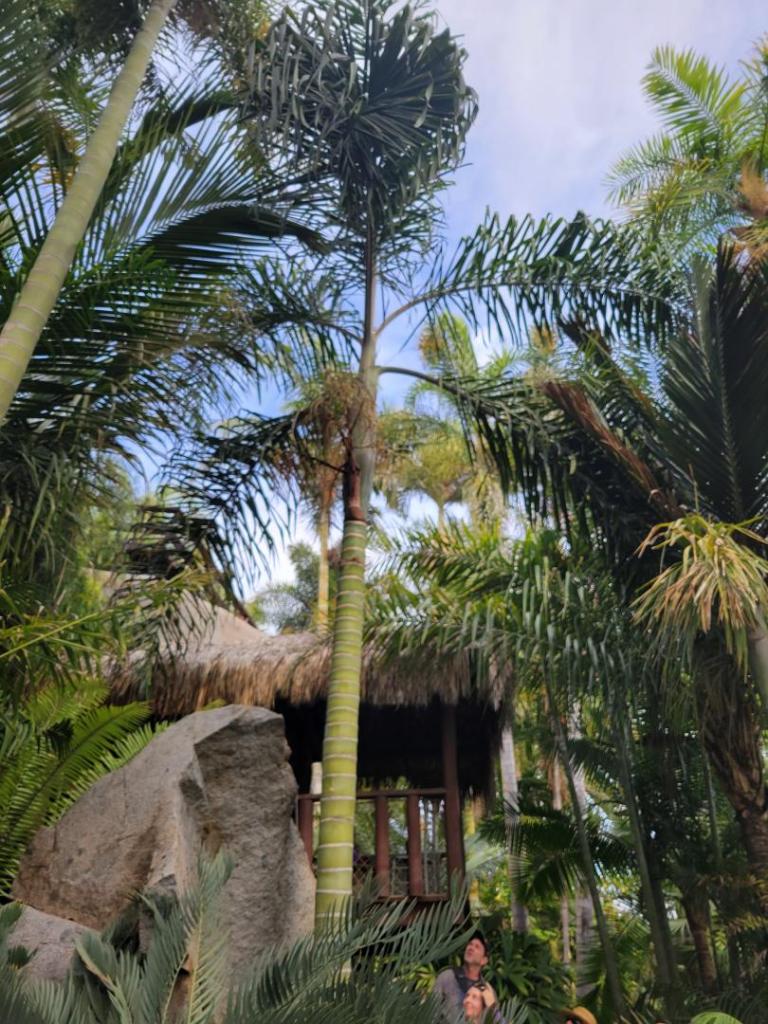


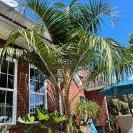


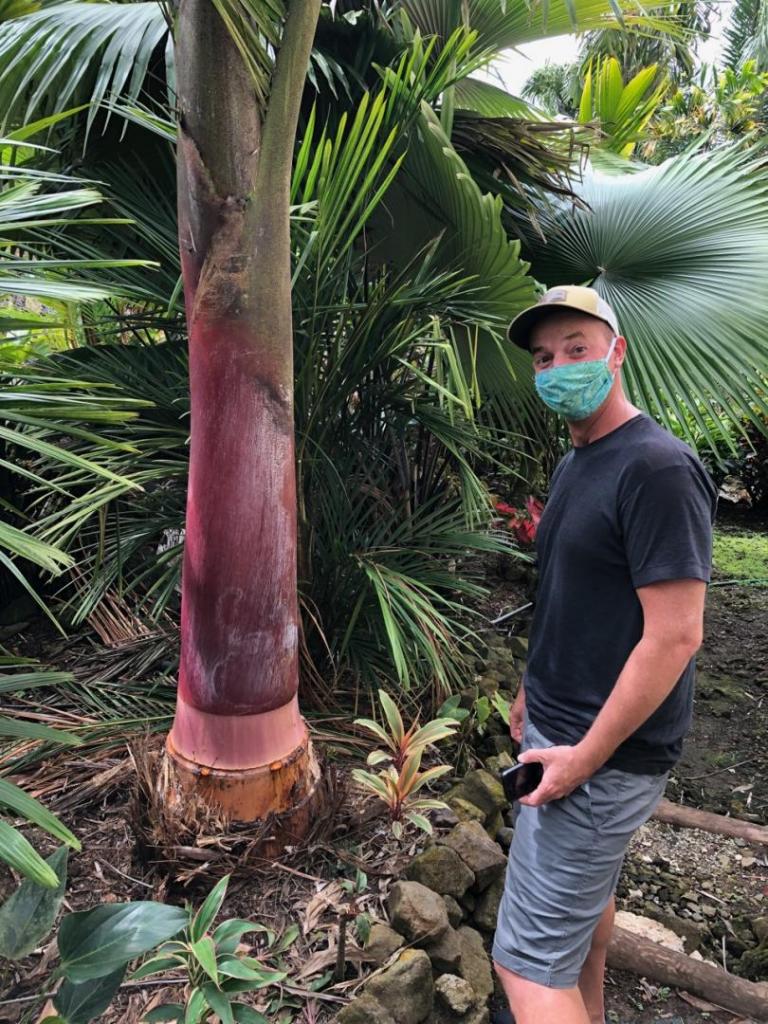


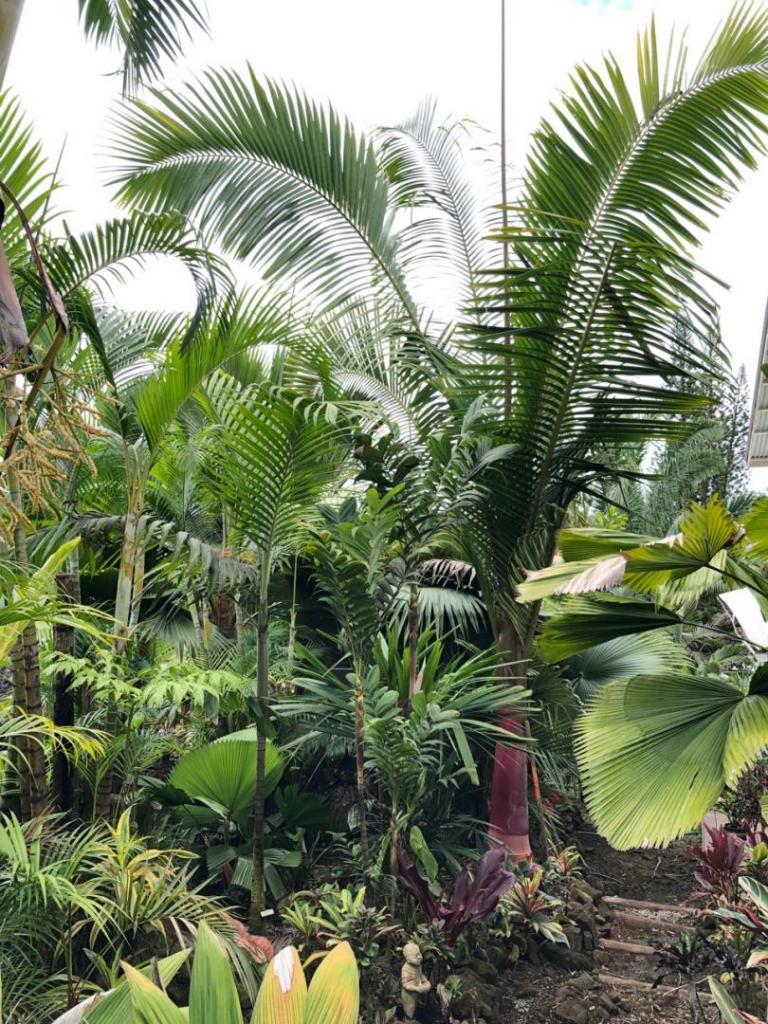
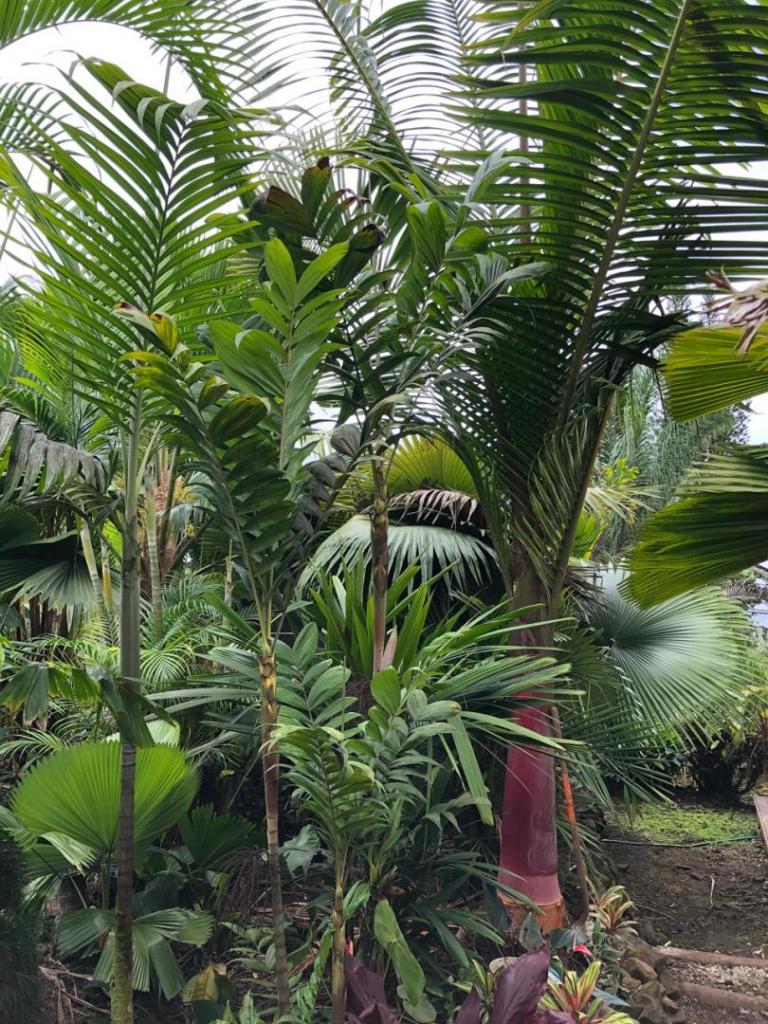
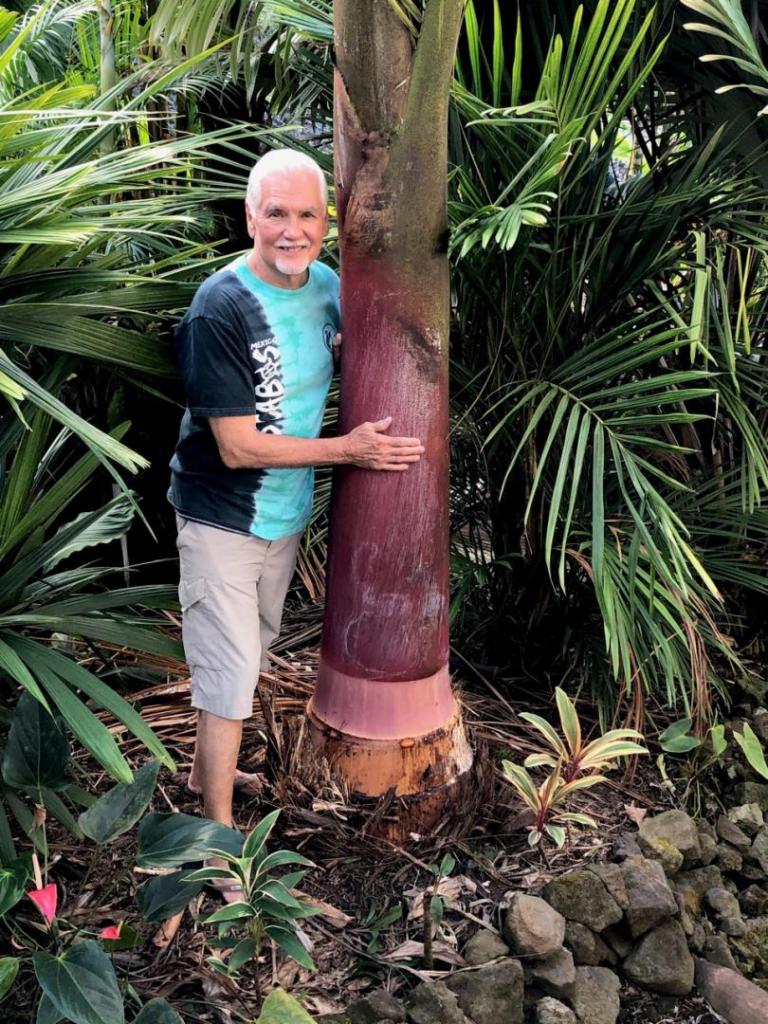
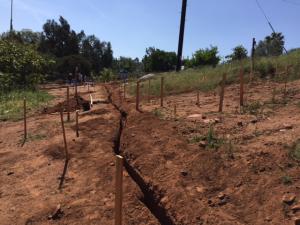

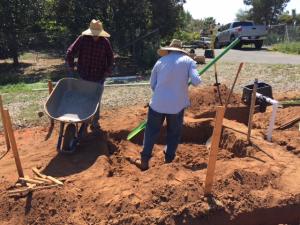
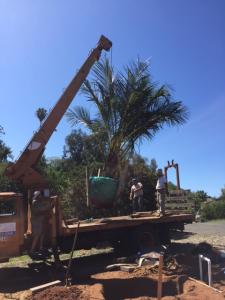
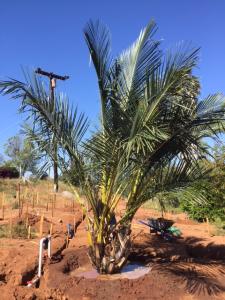
.jpg.7d1f41d4957e93b292325a80d7ced4f4.thumb.jpg.b19fa775c567e2deb70d86fcfc938ce0.jpg)

